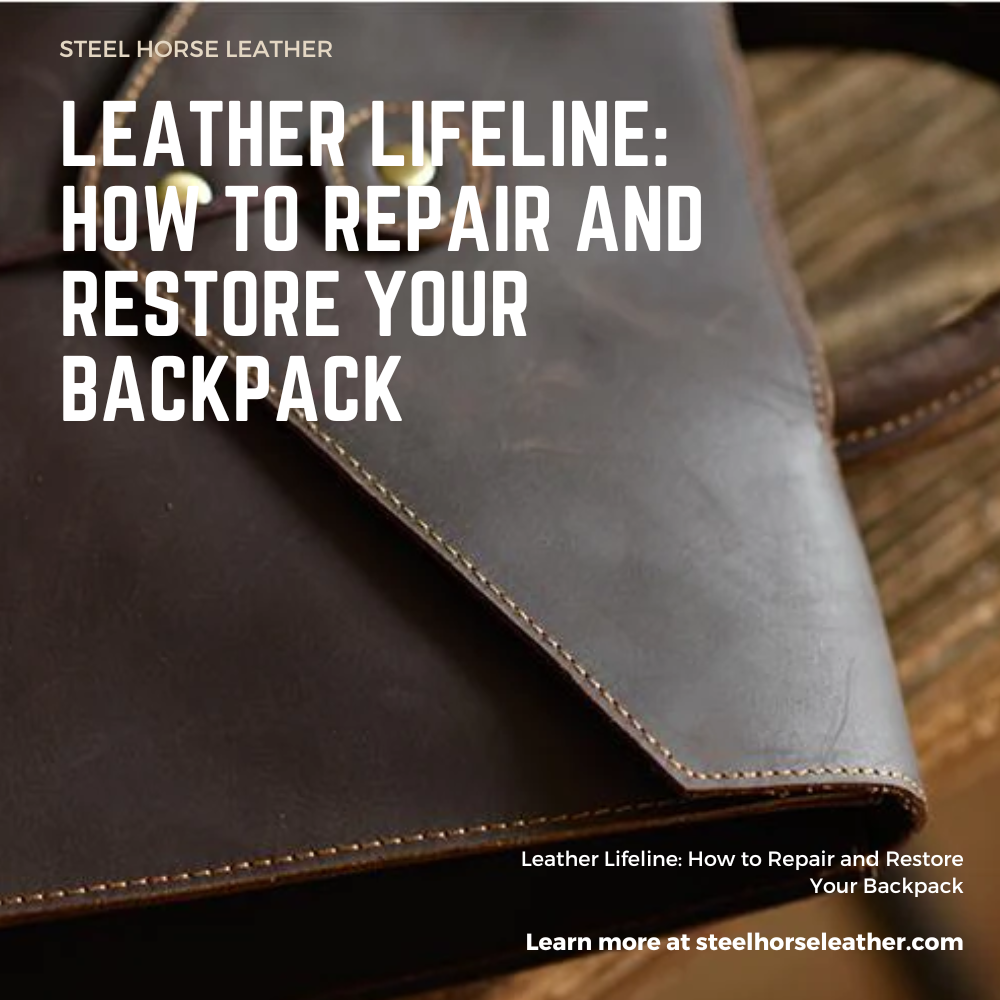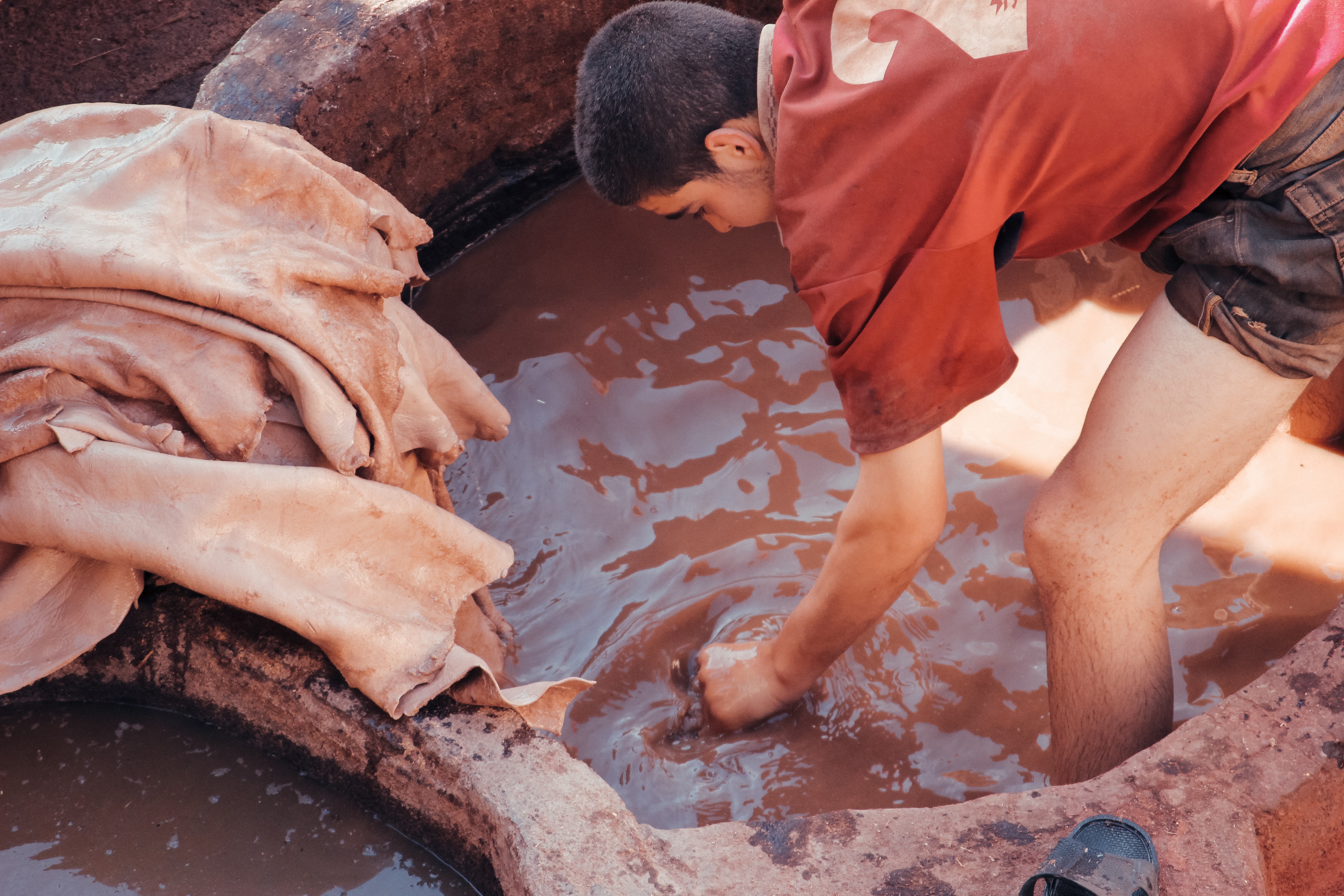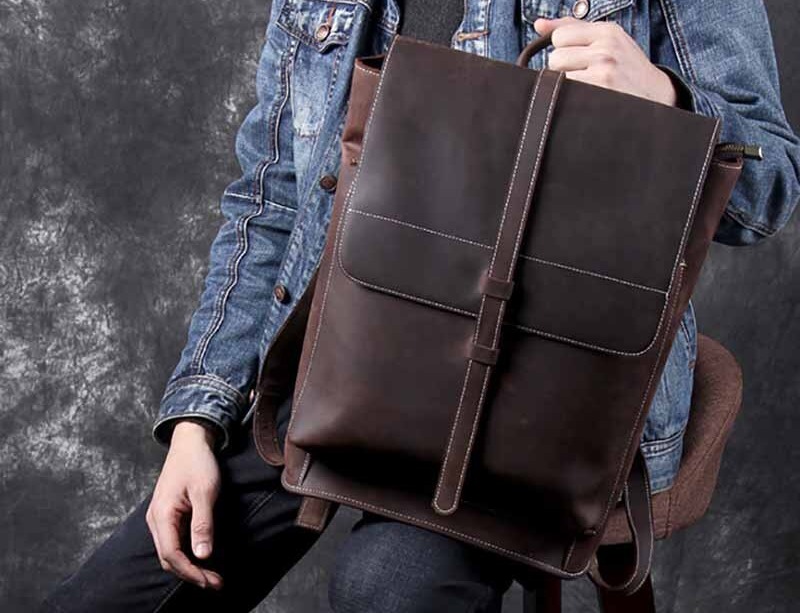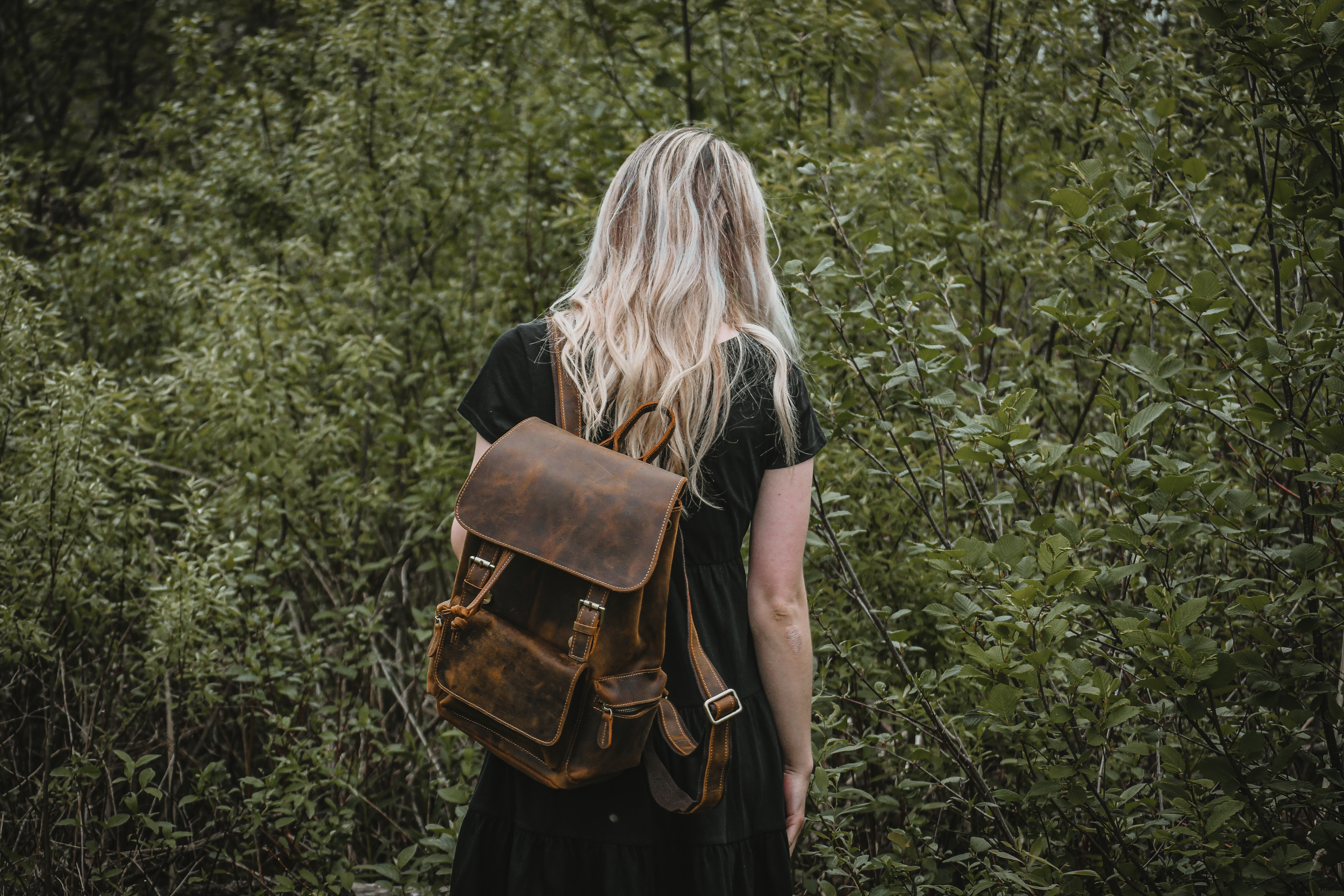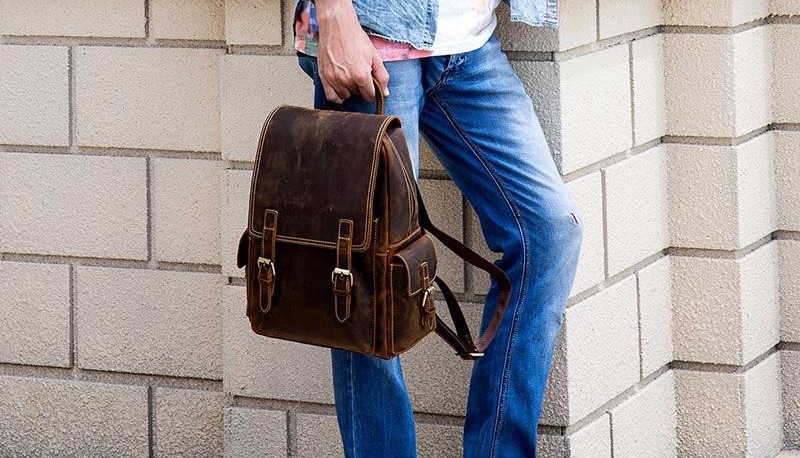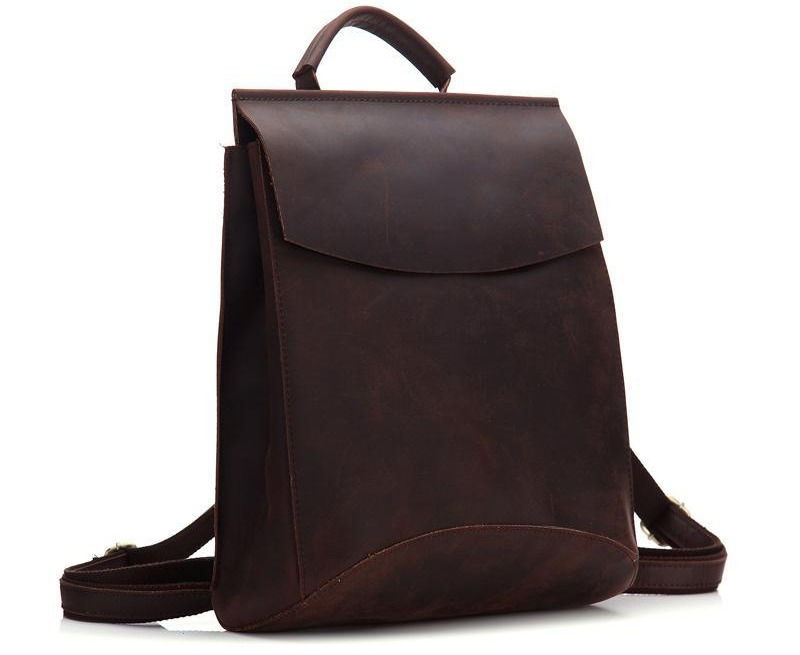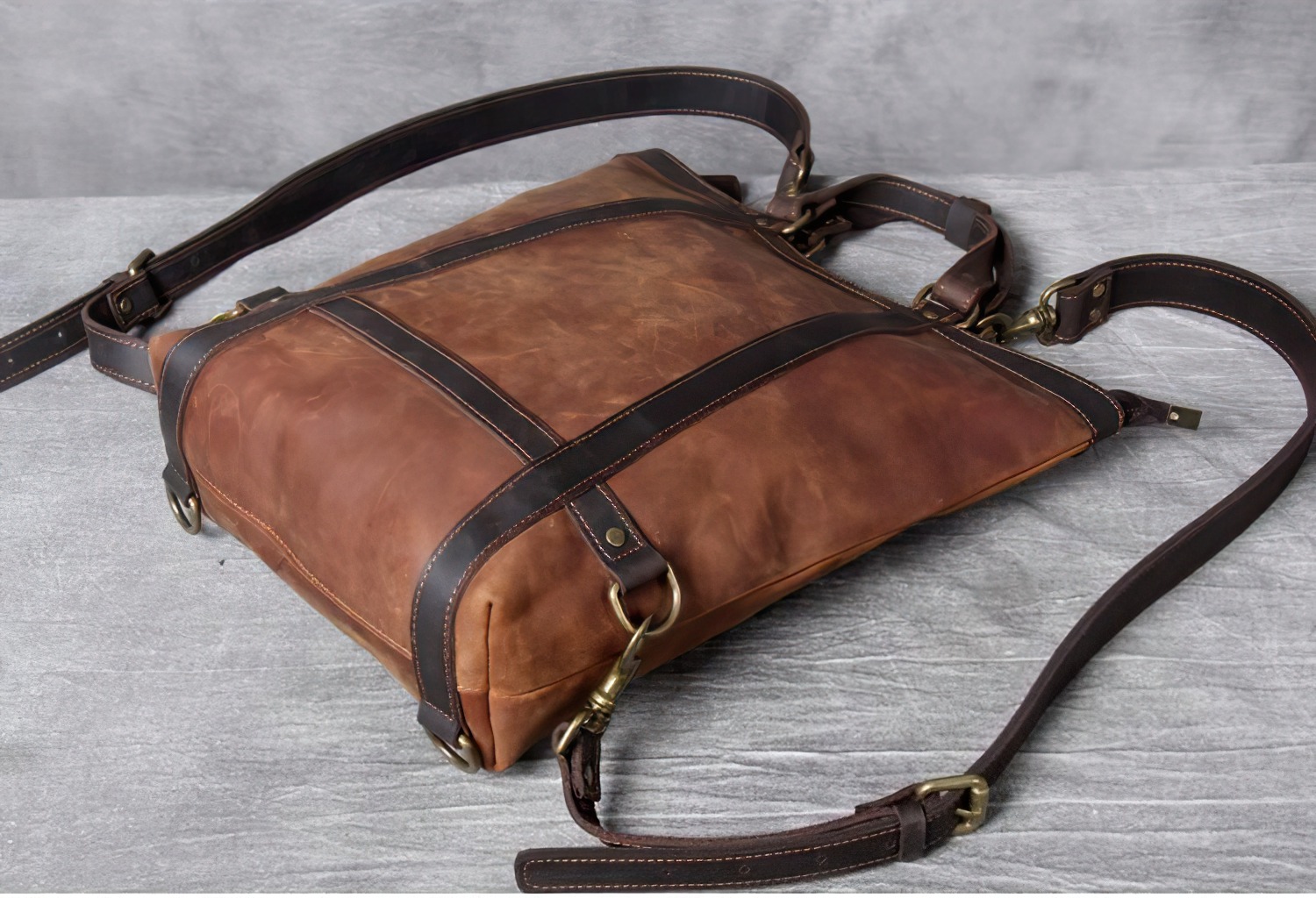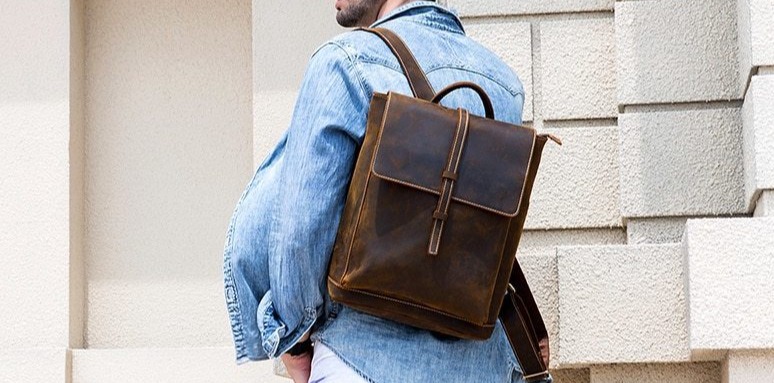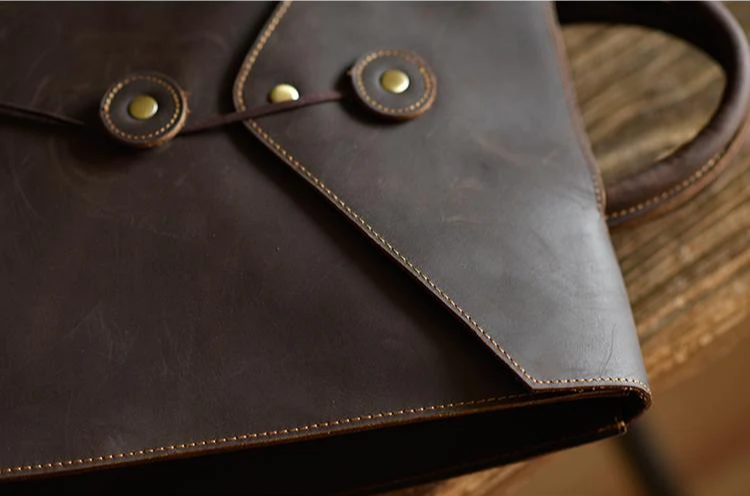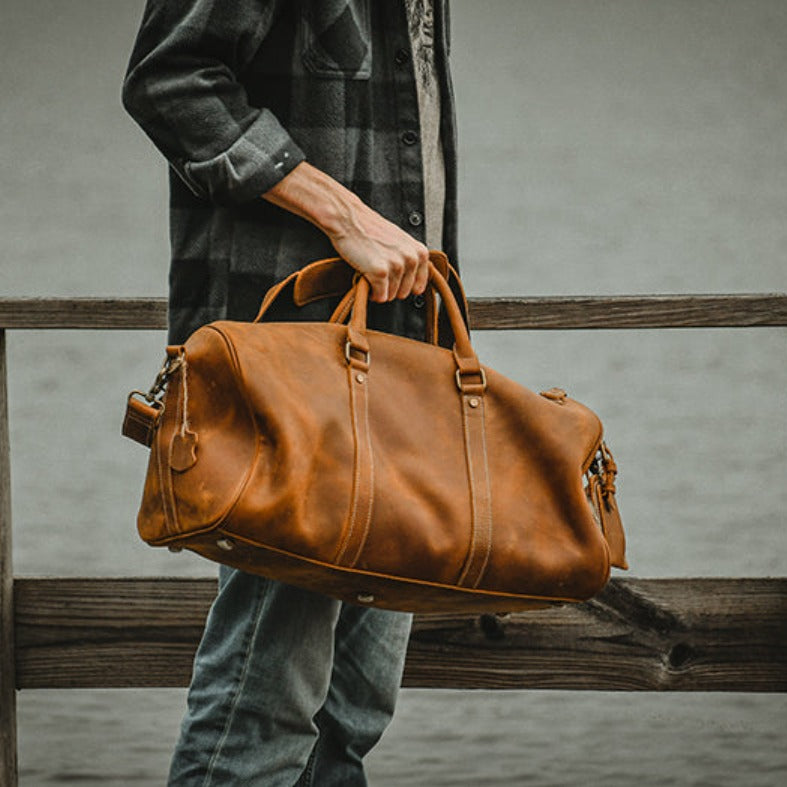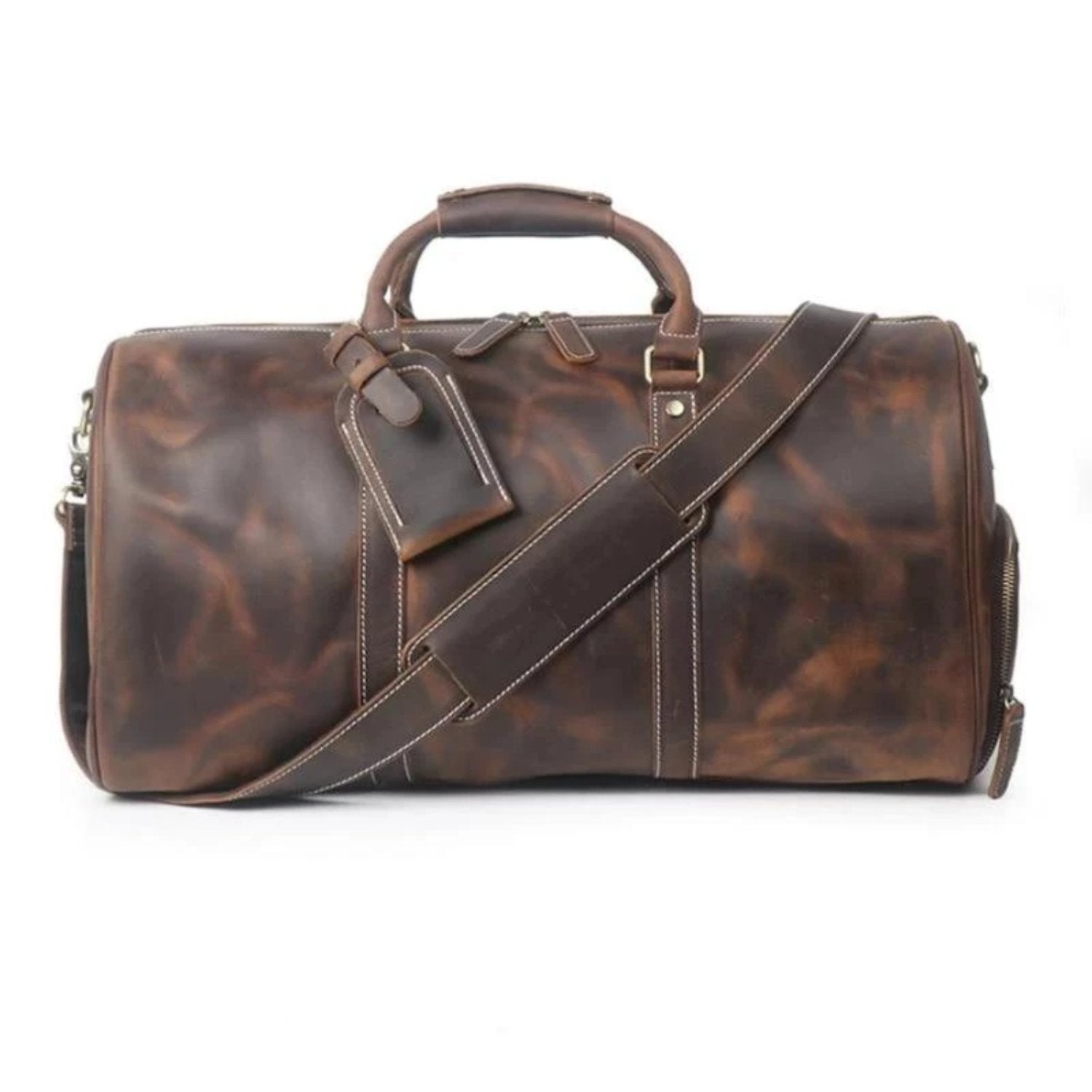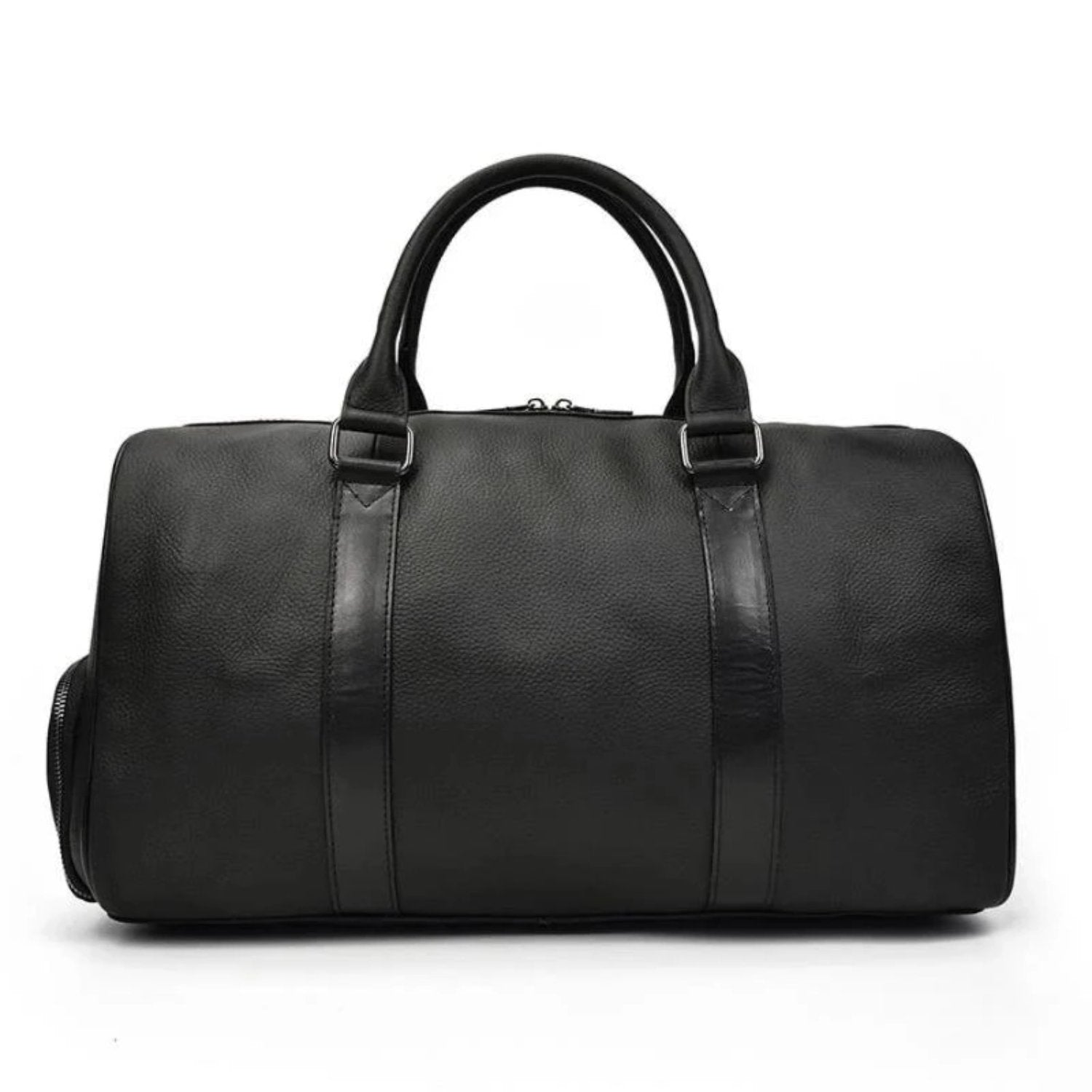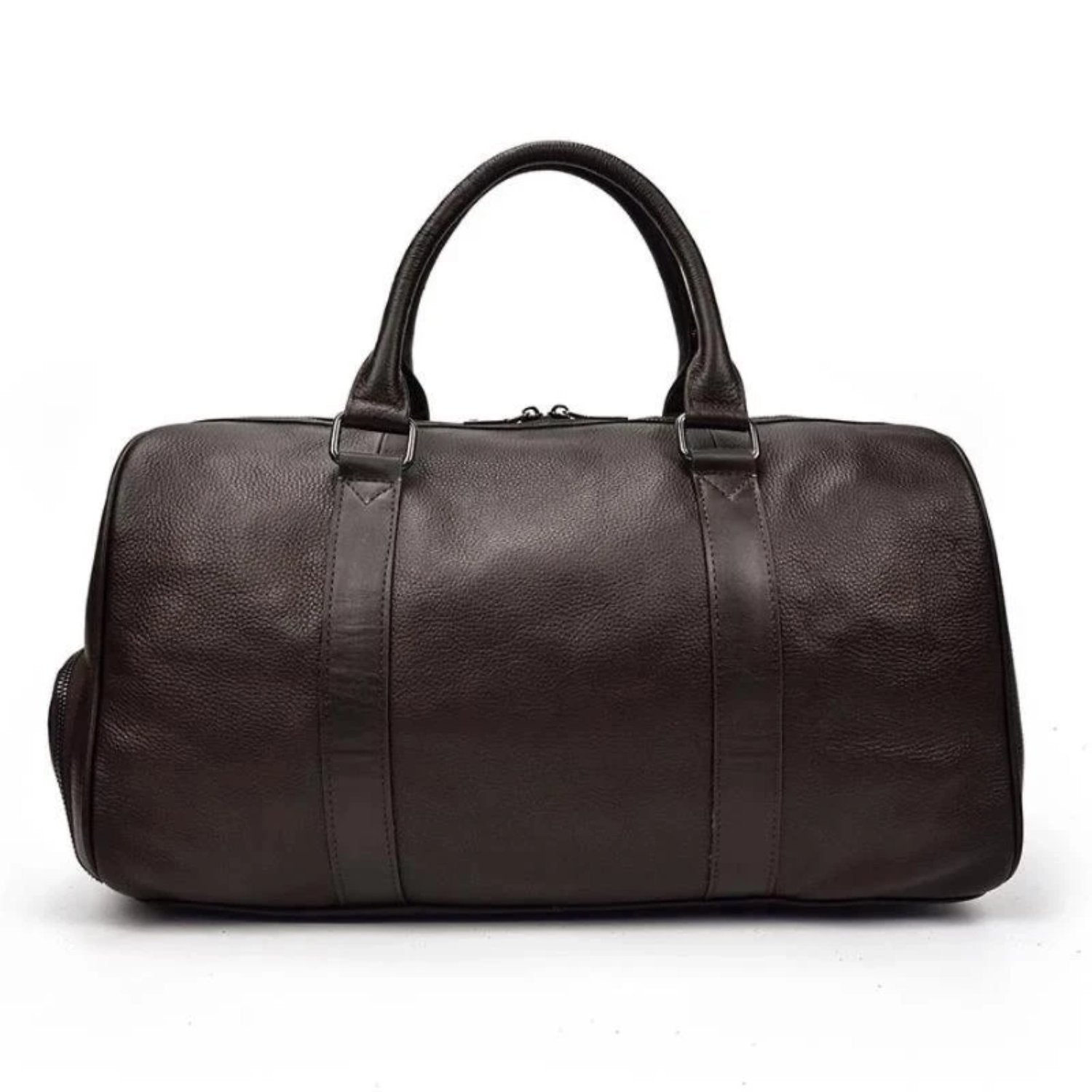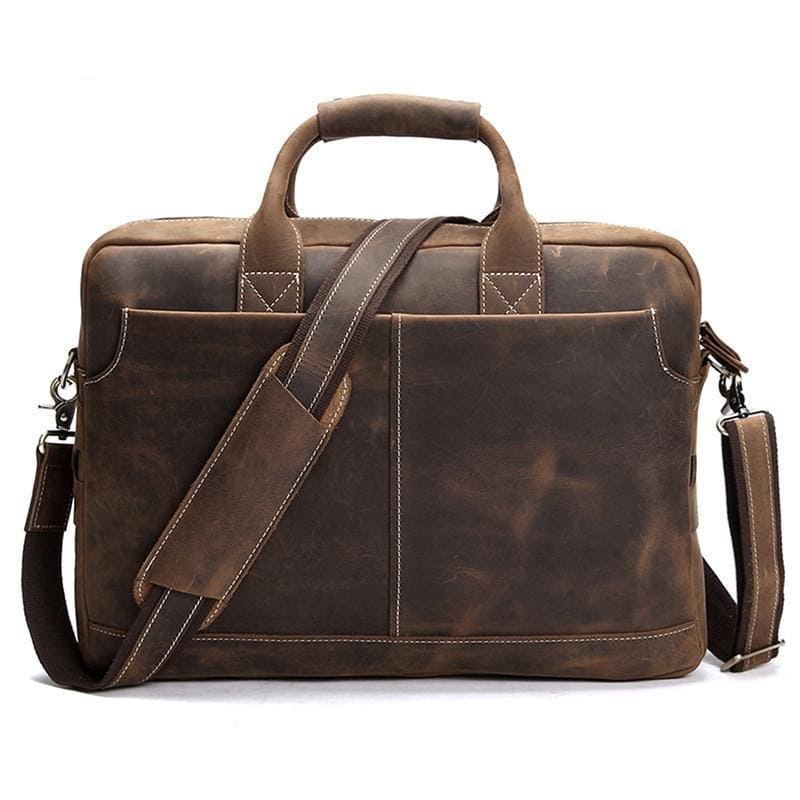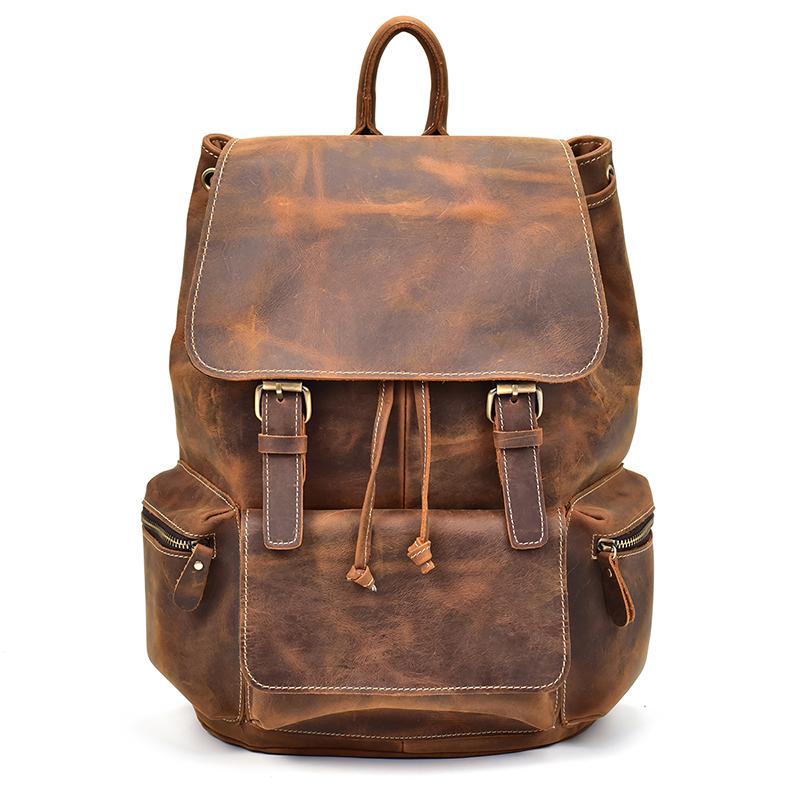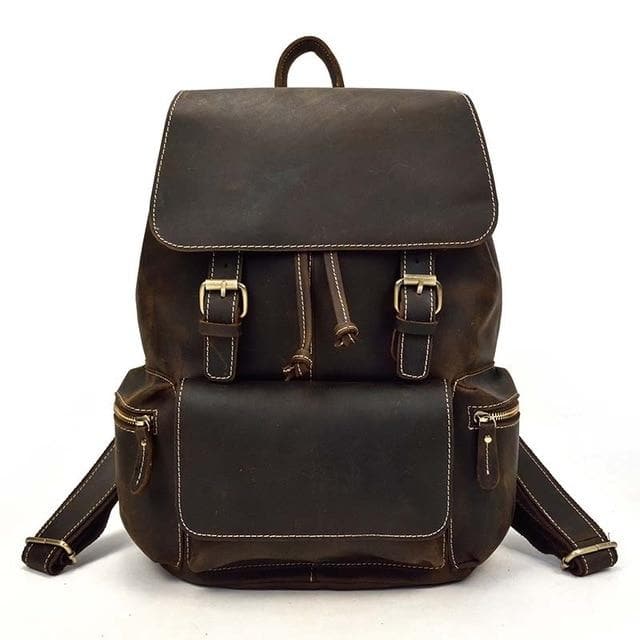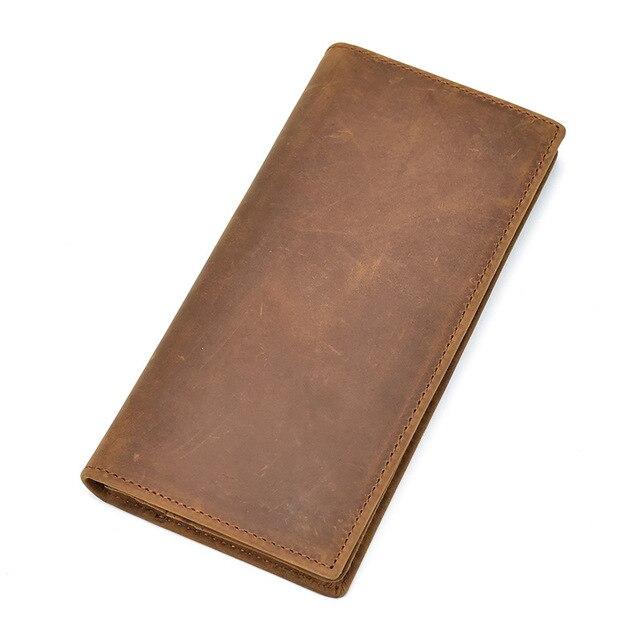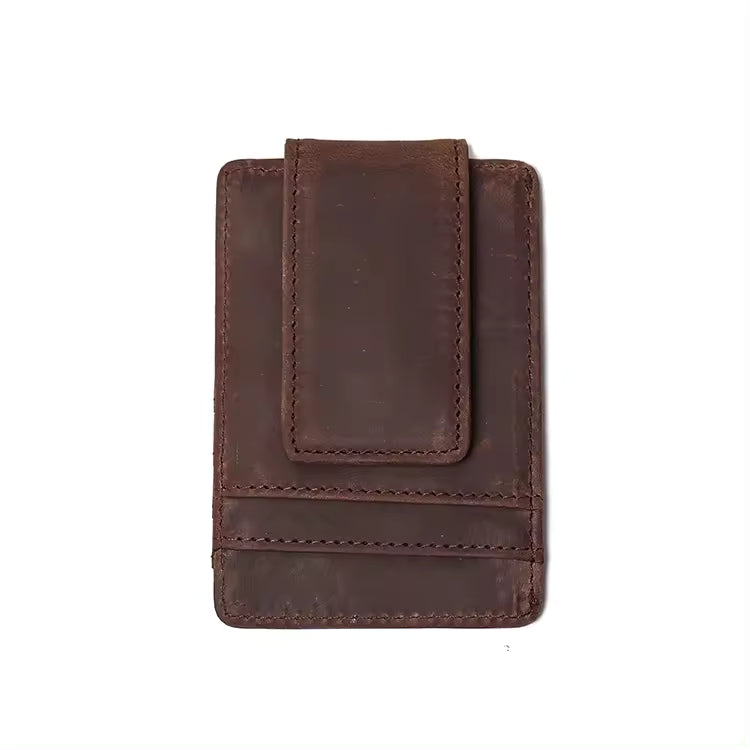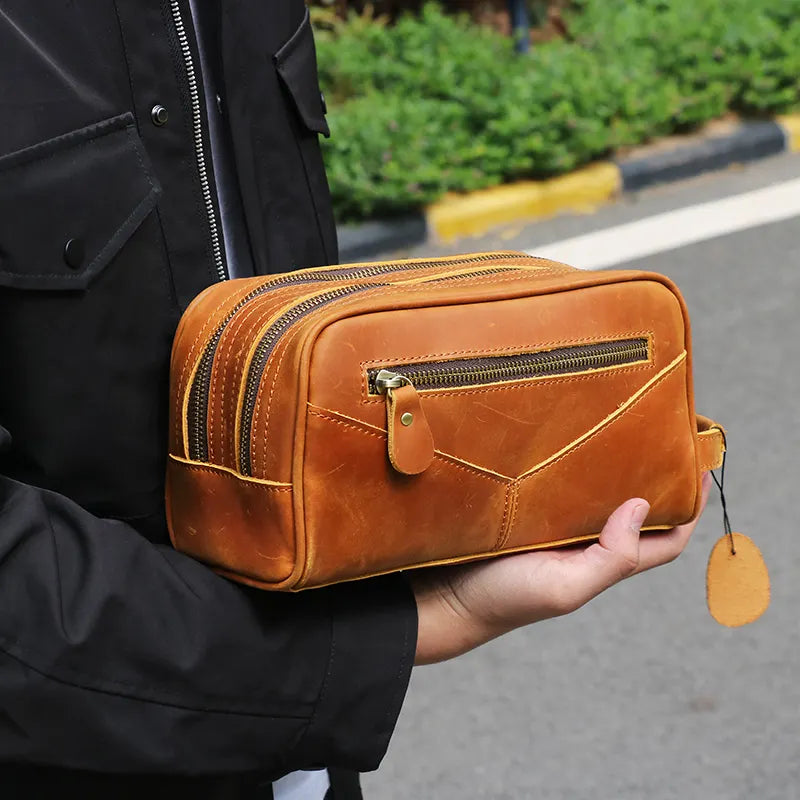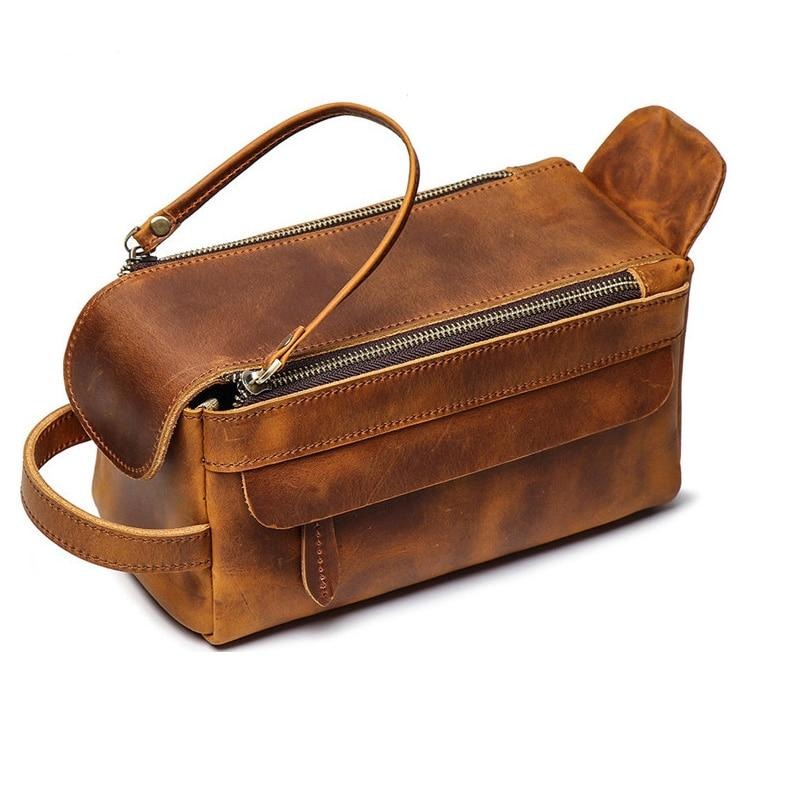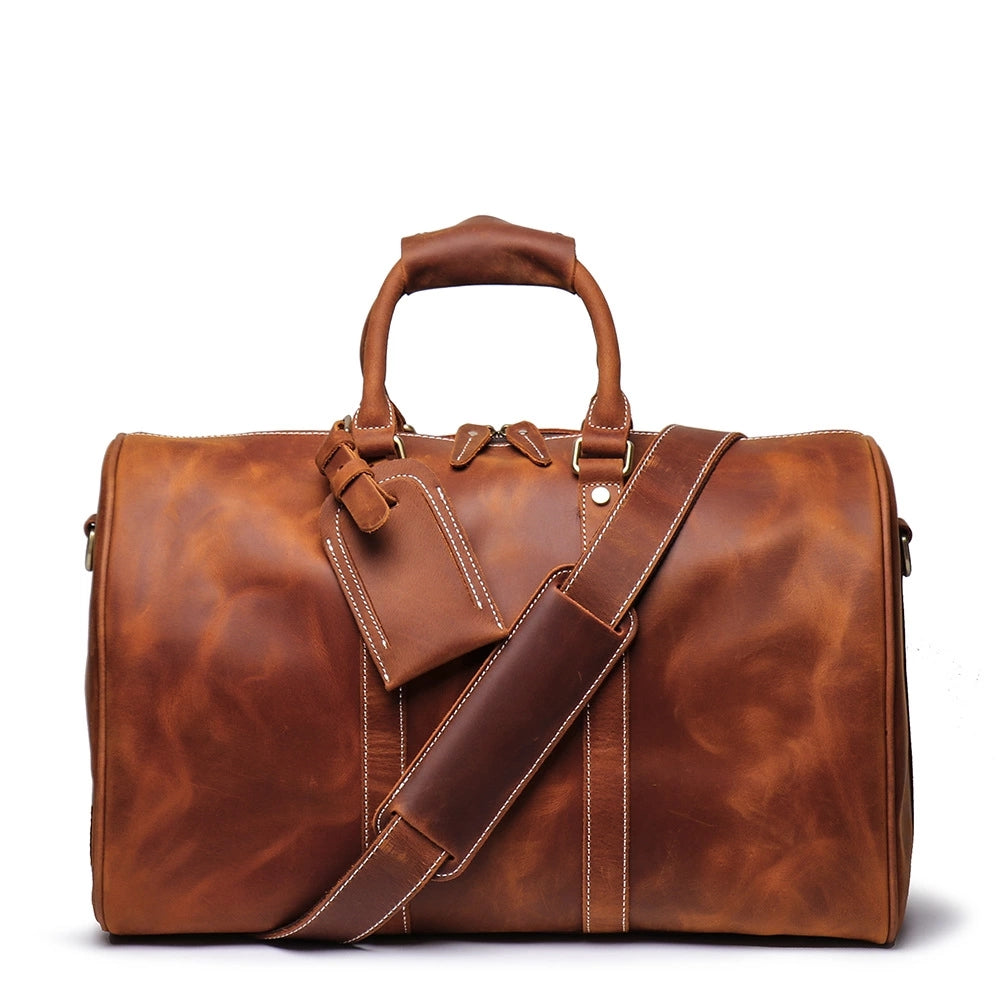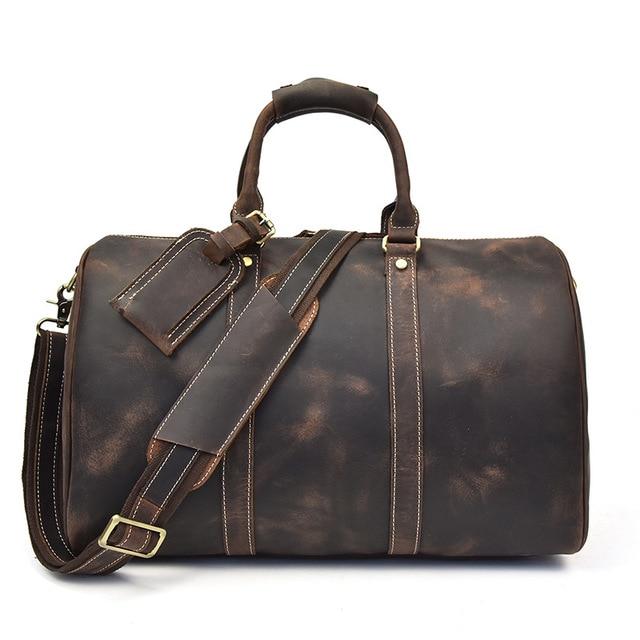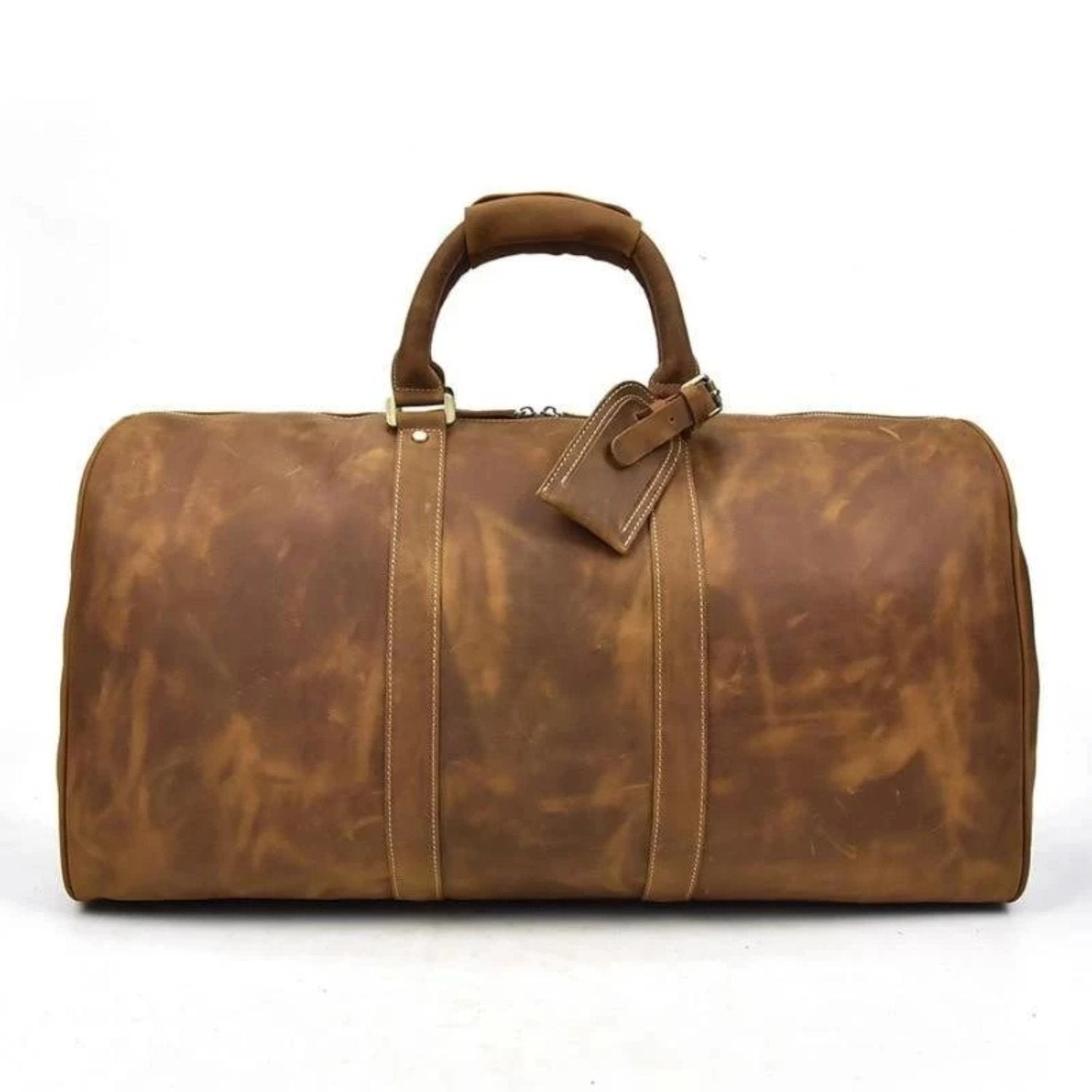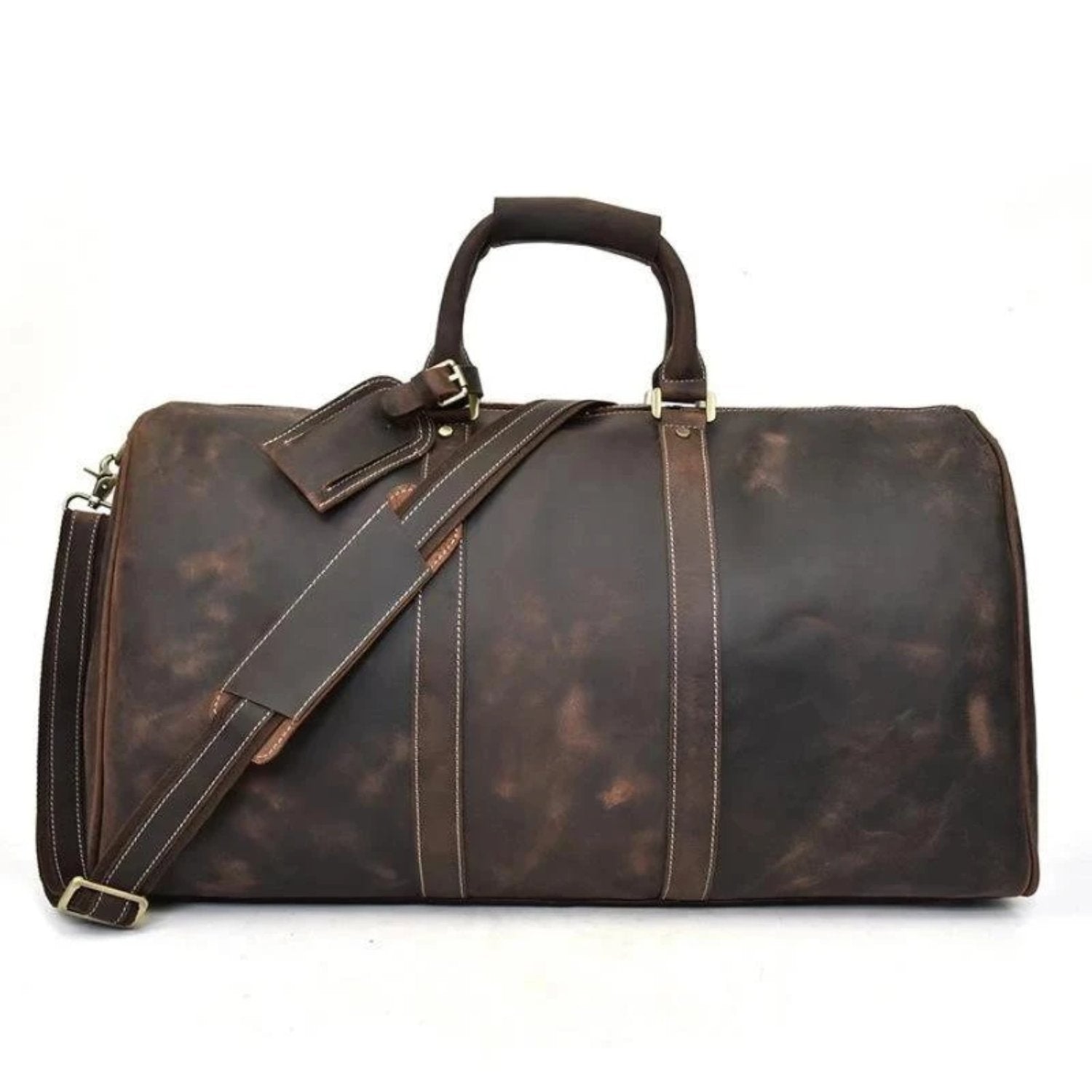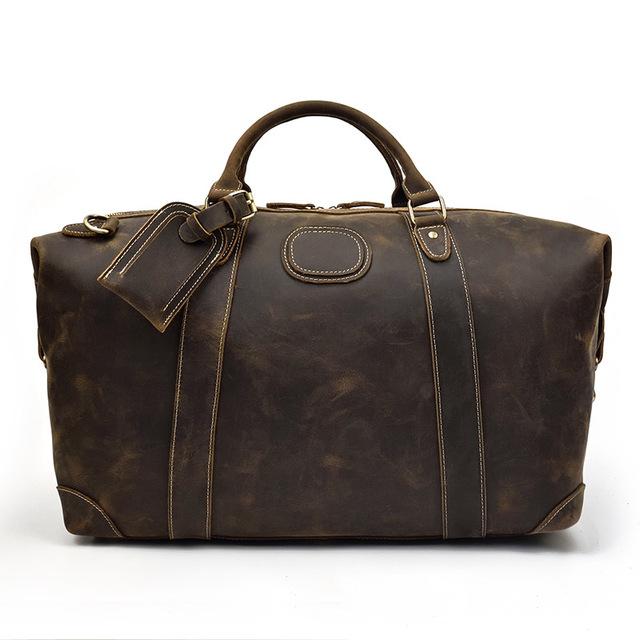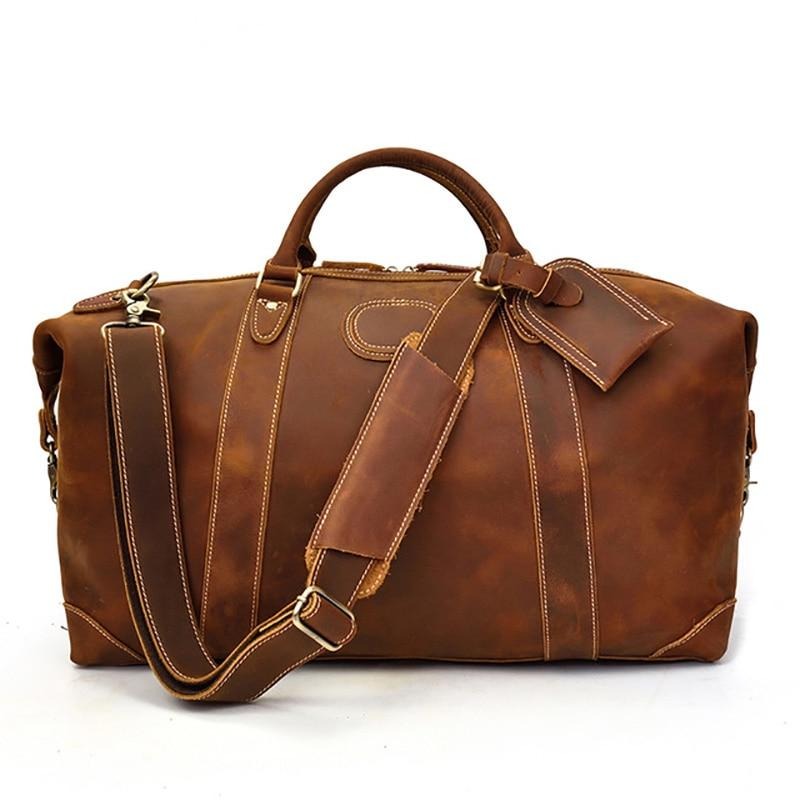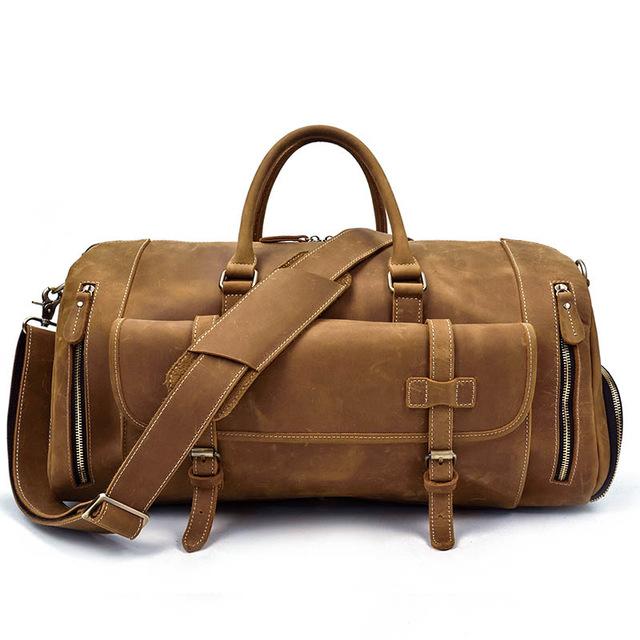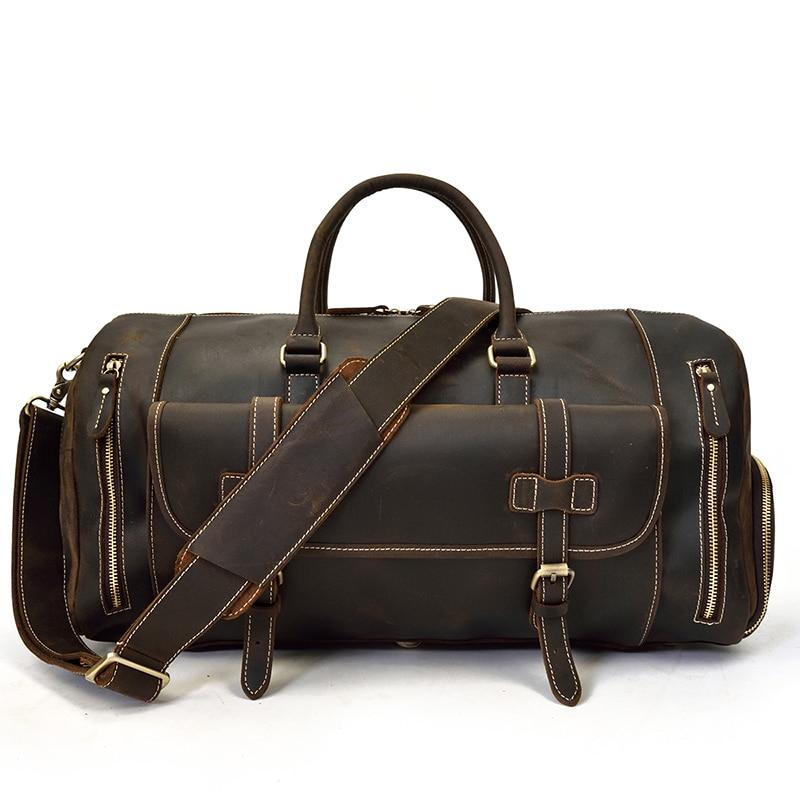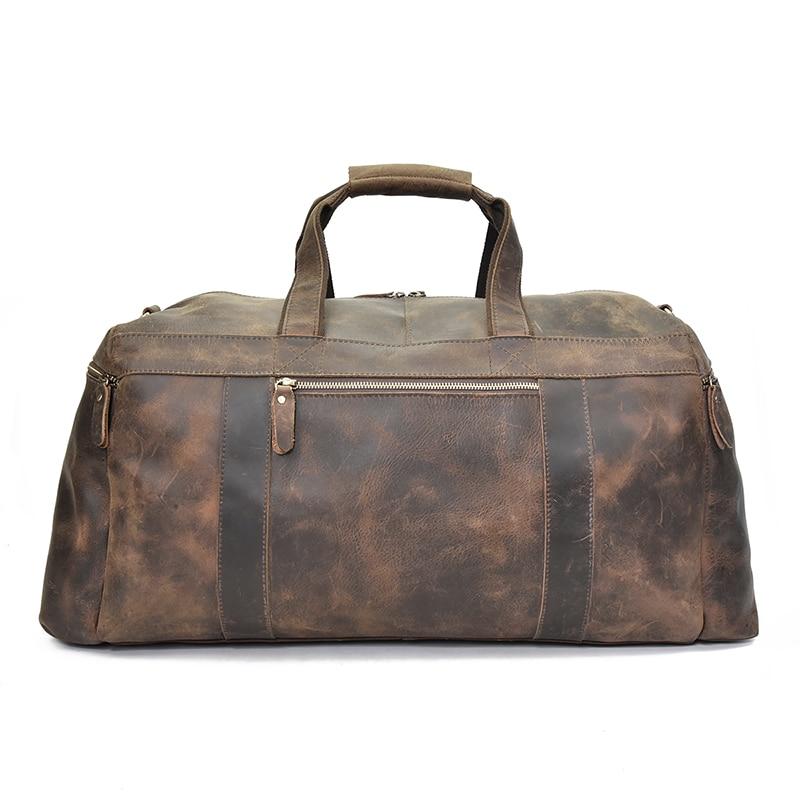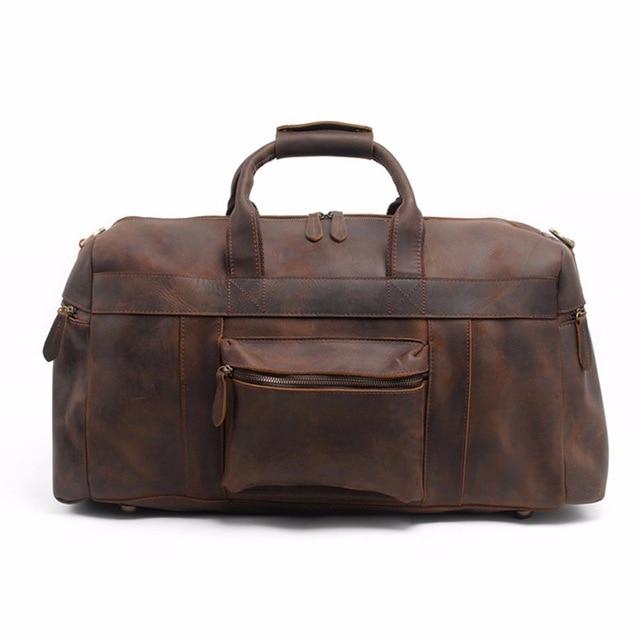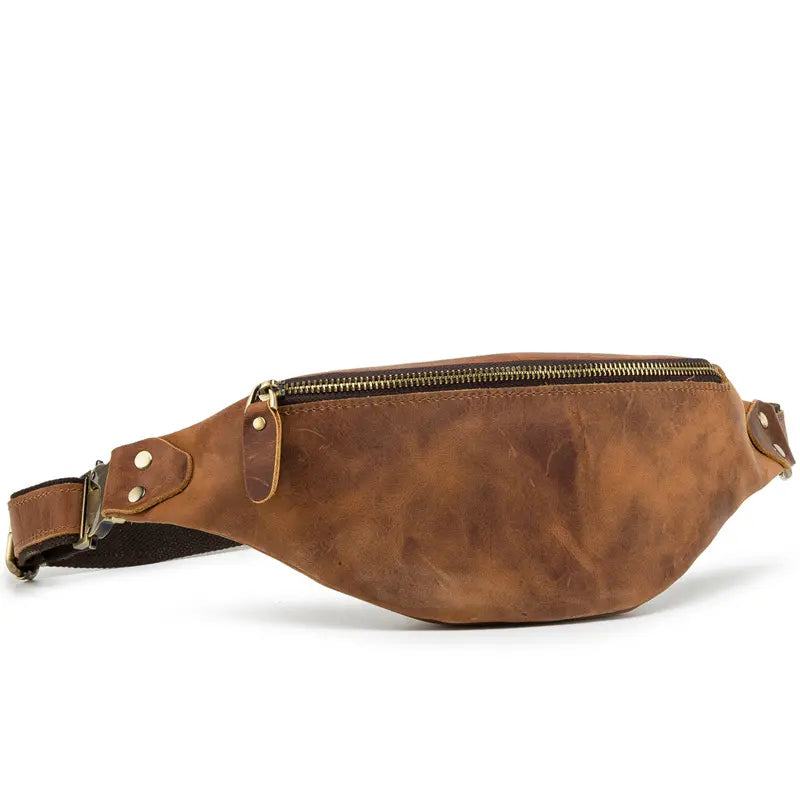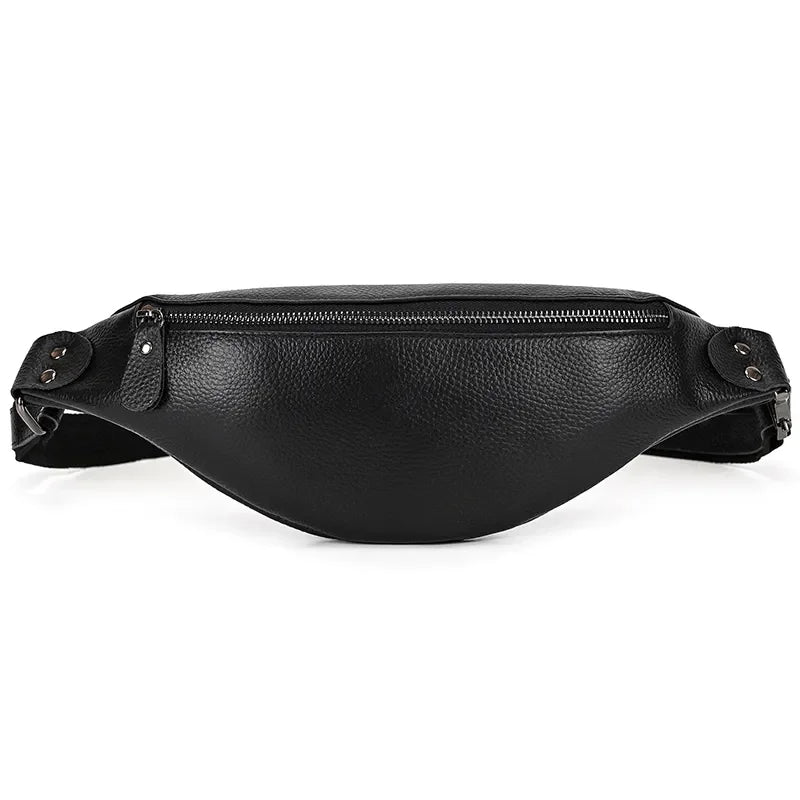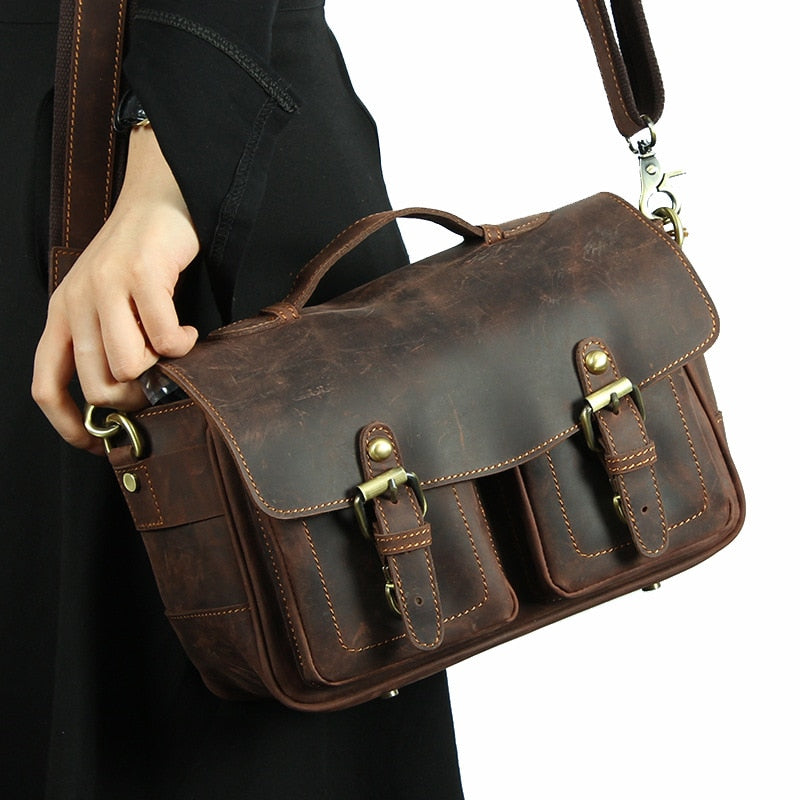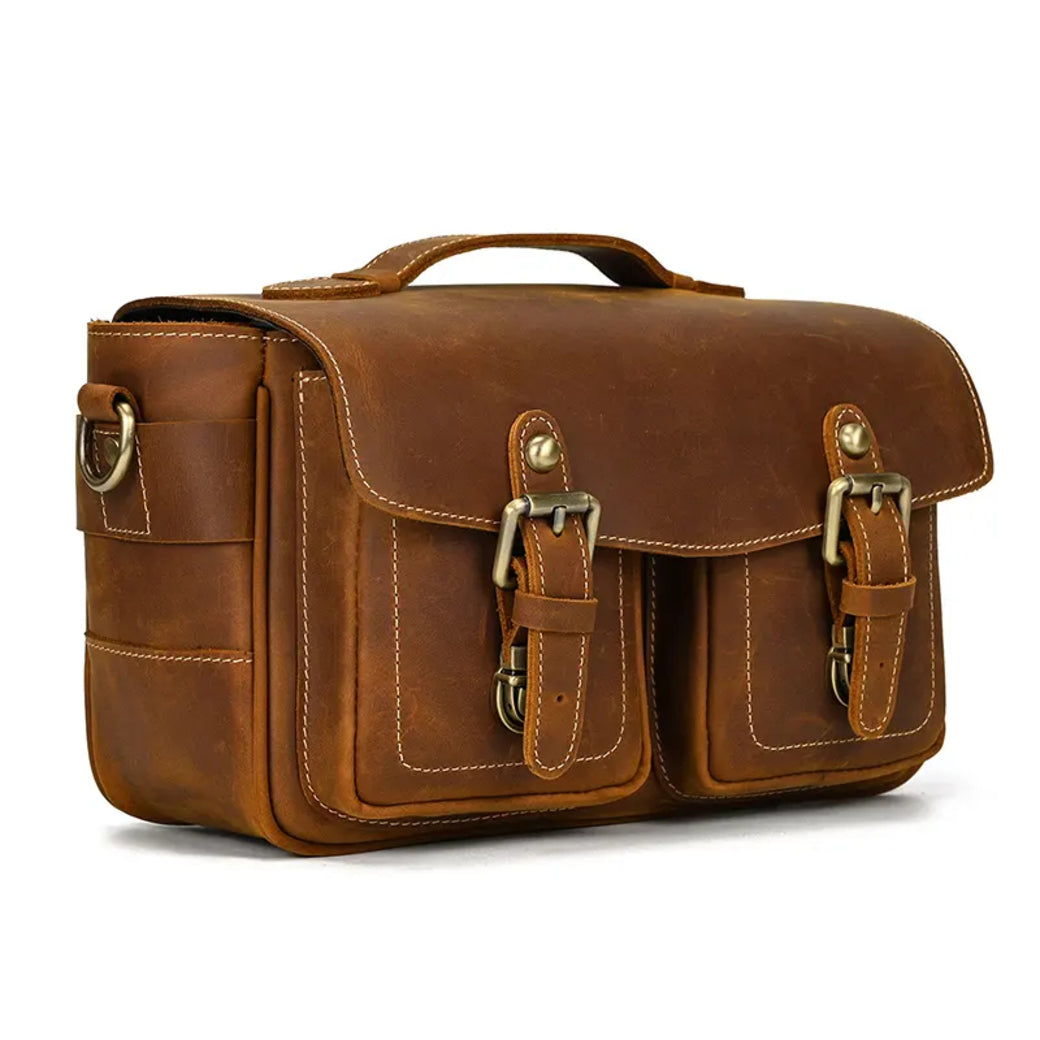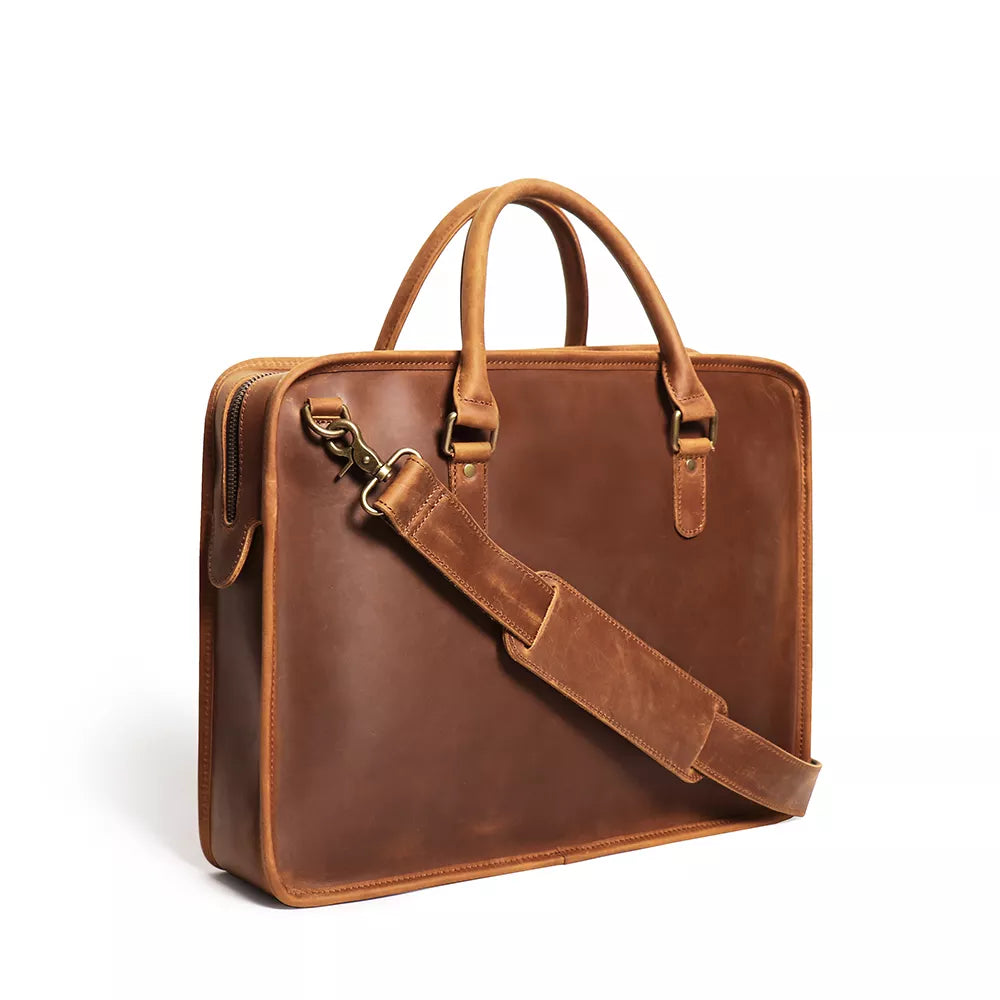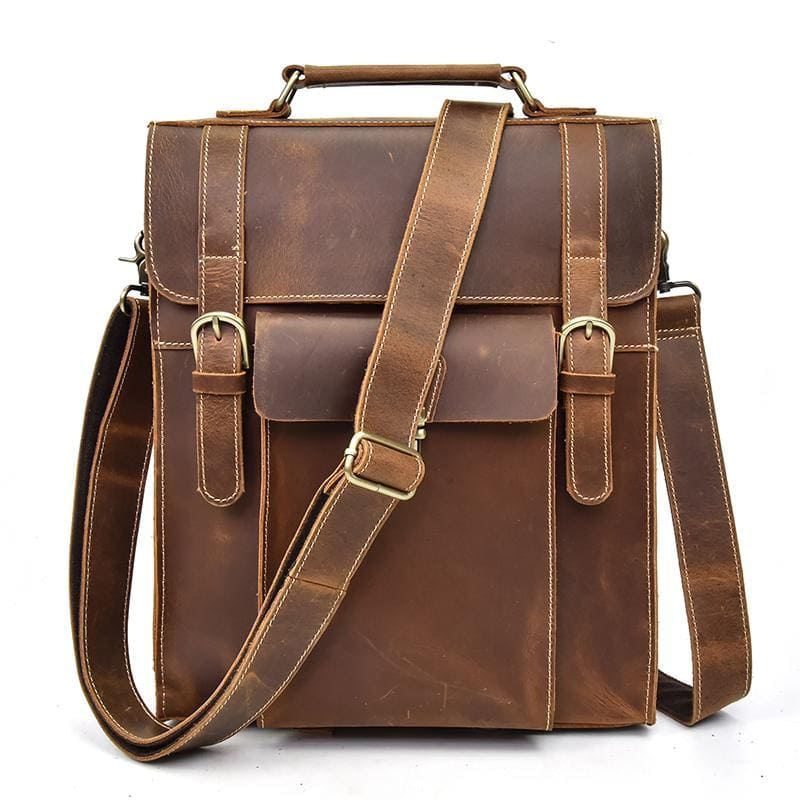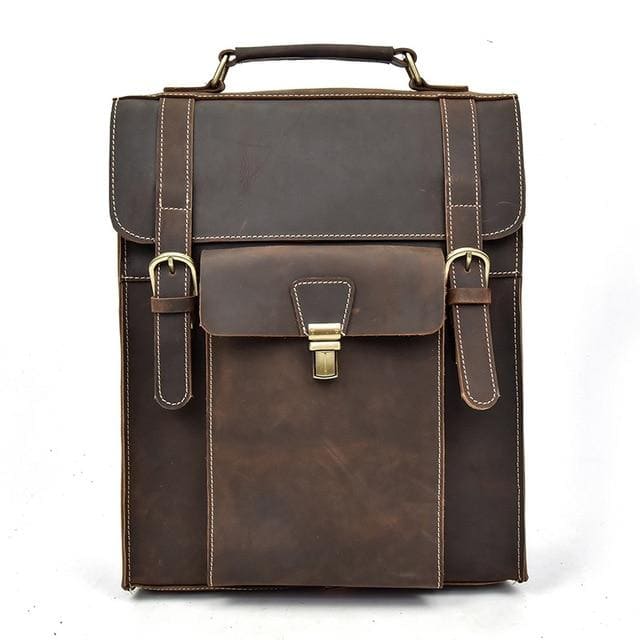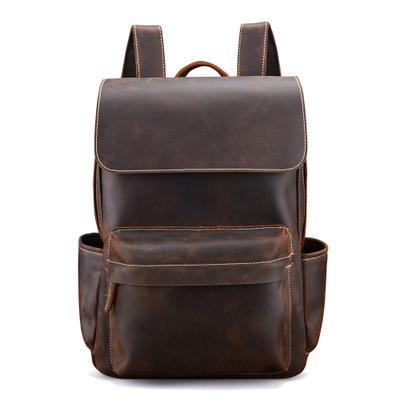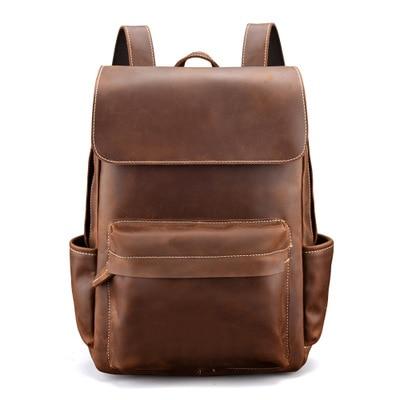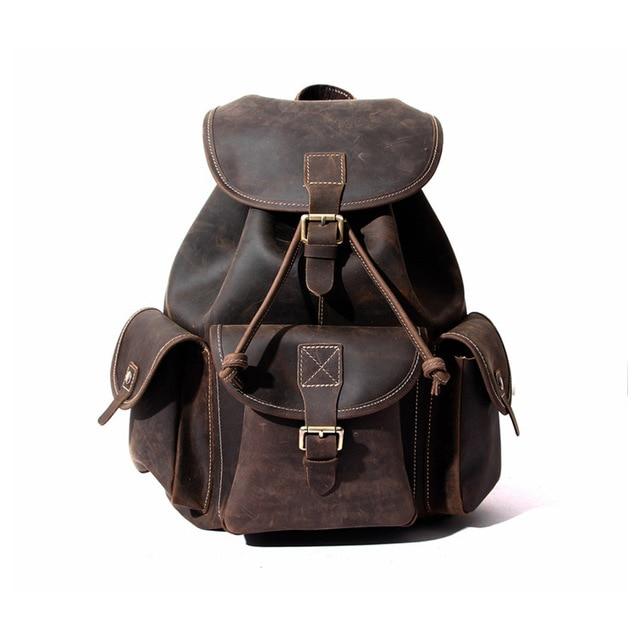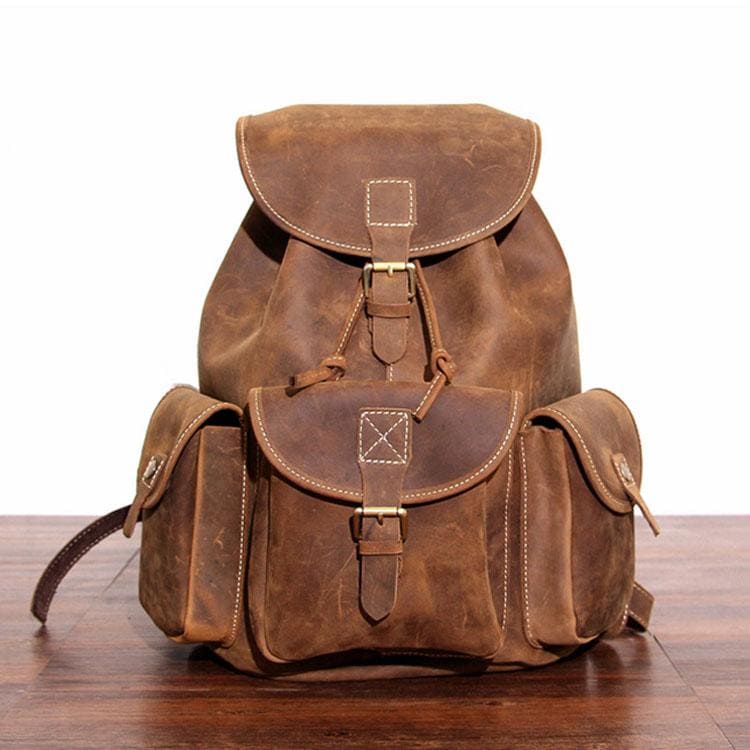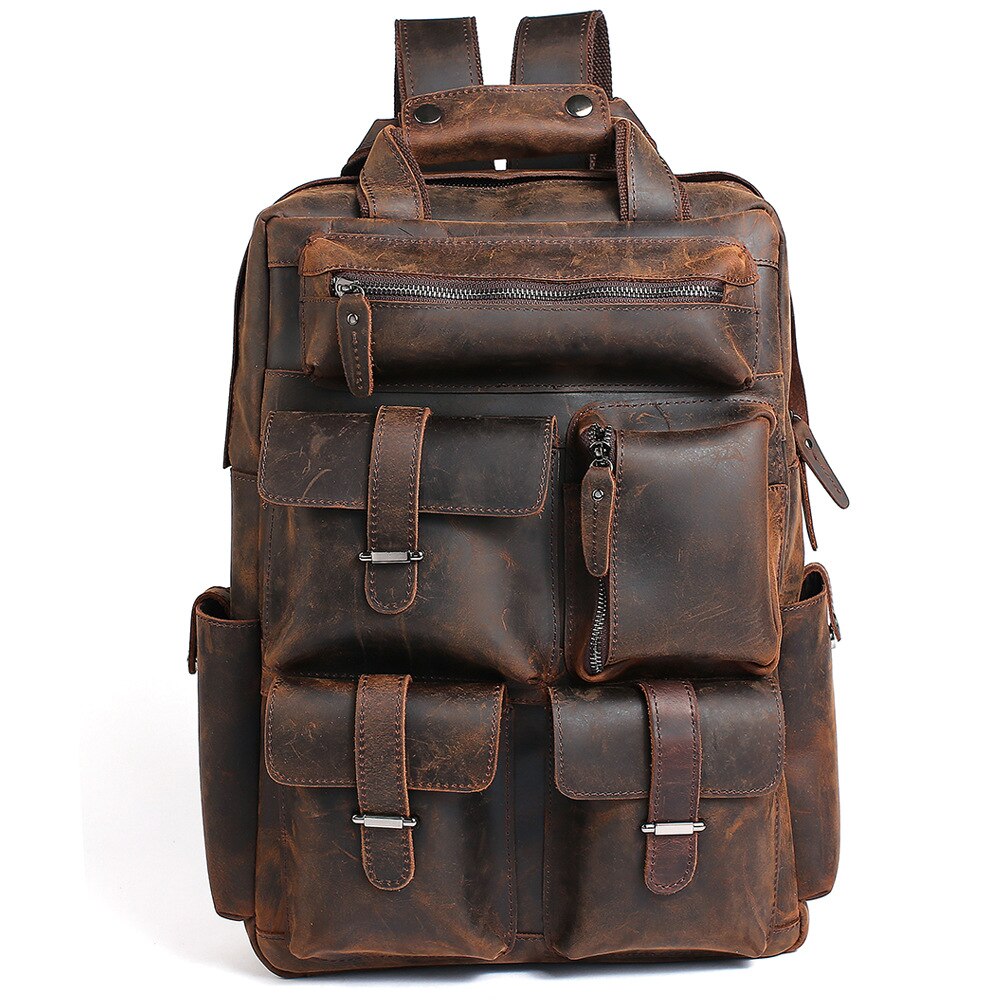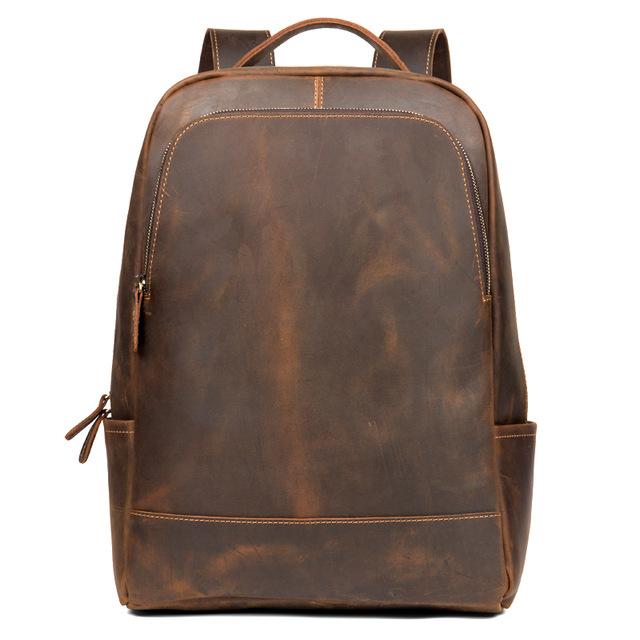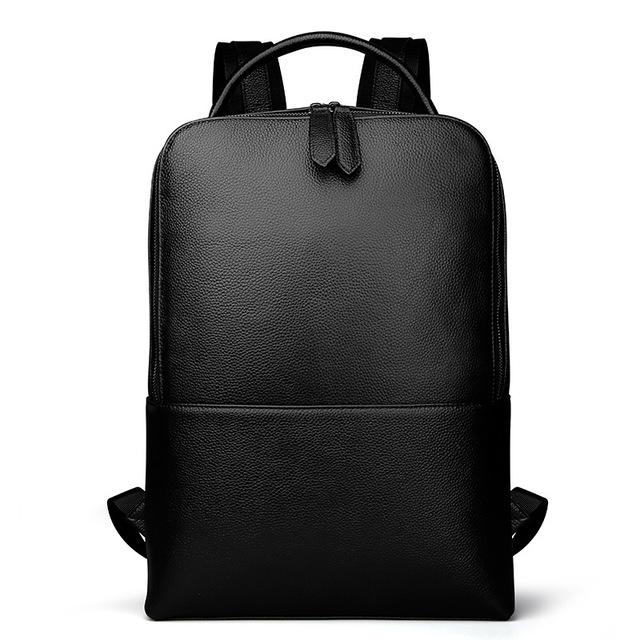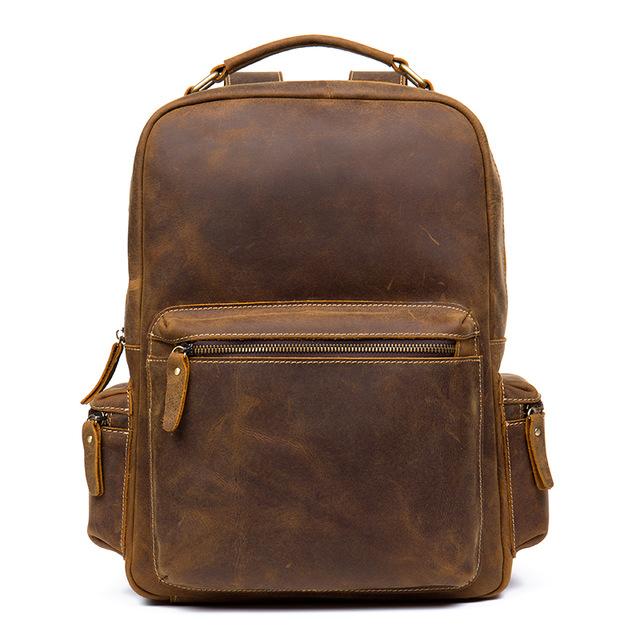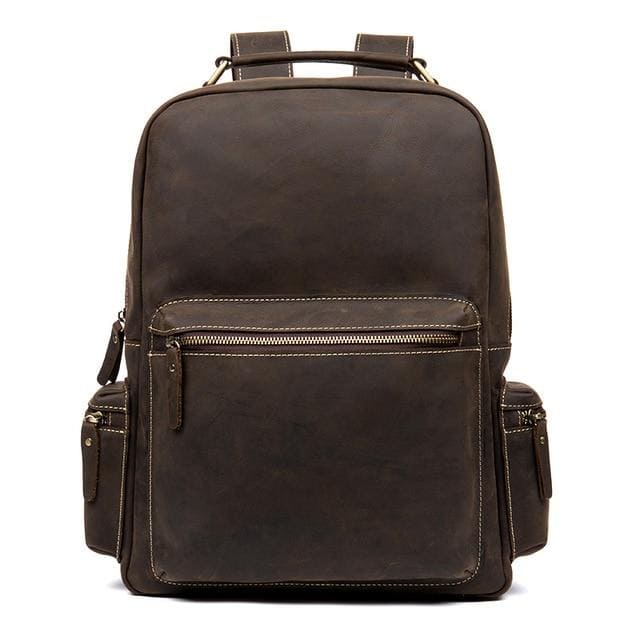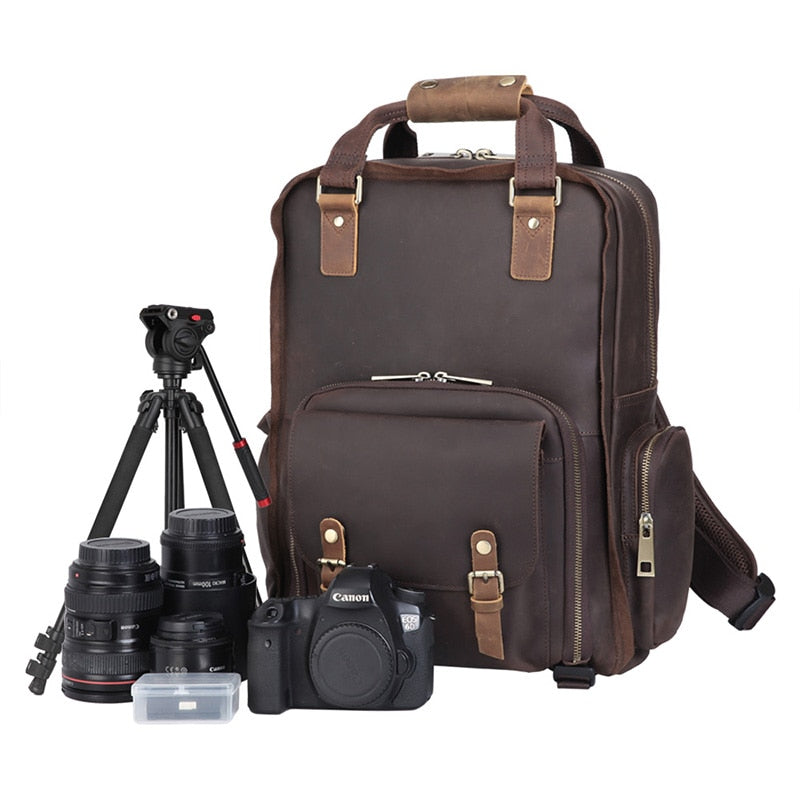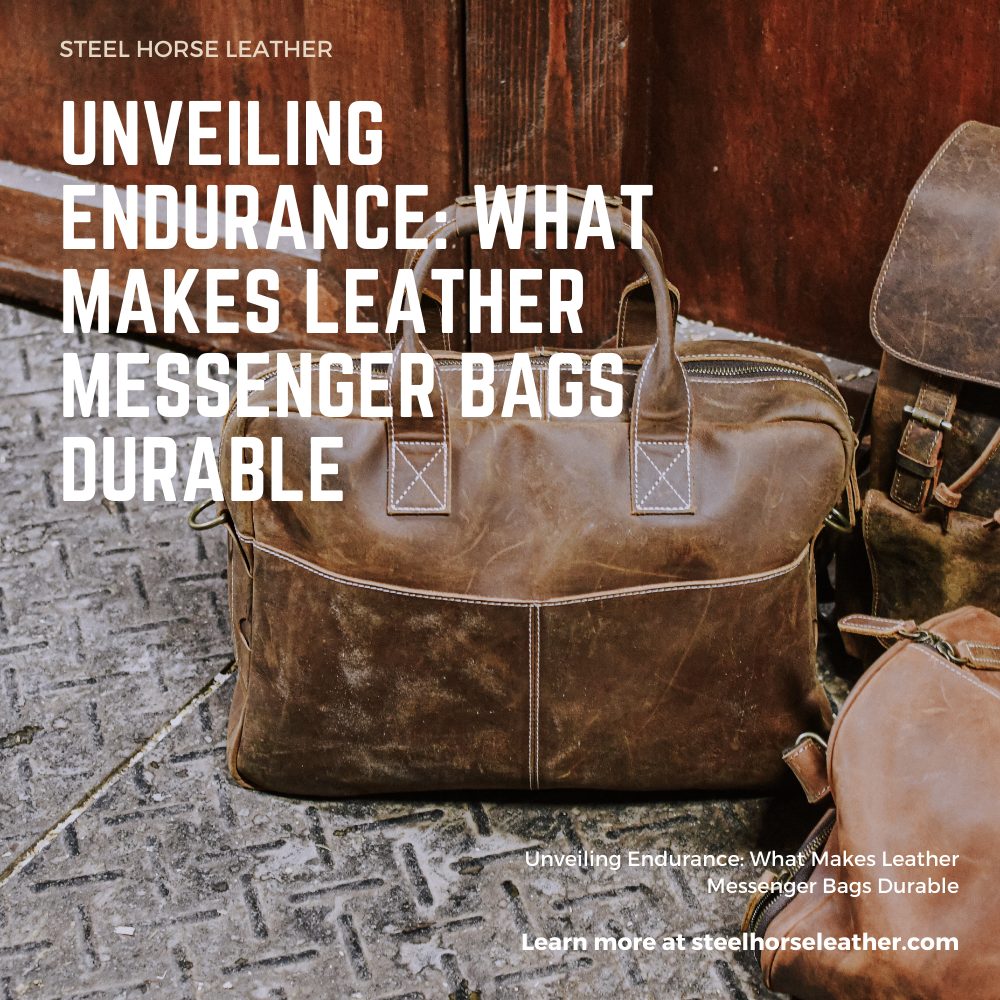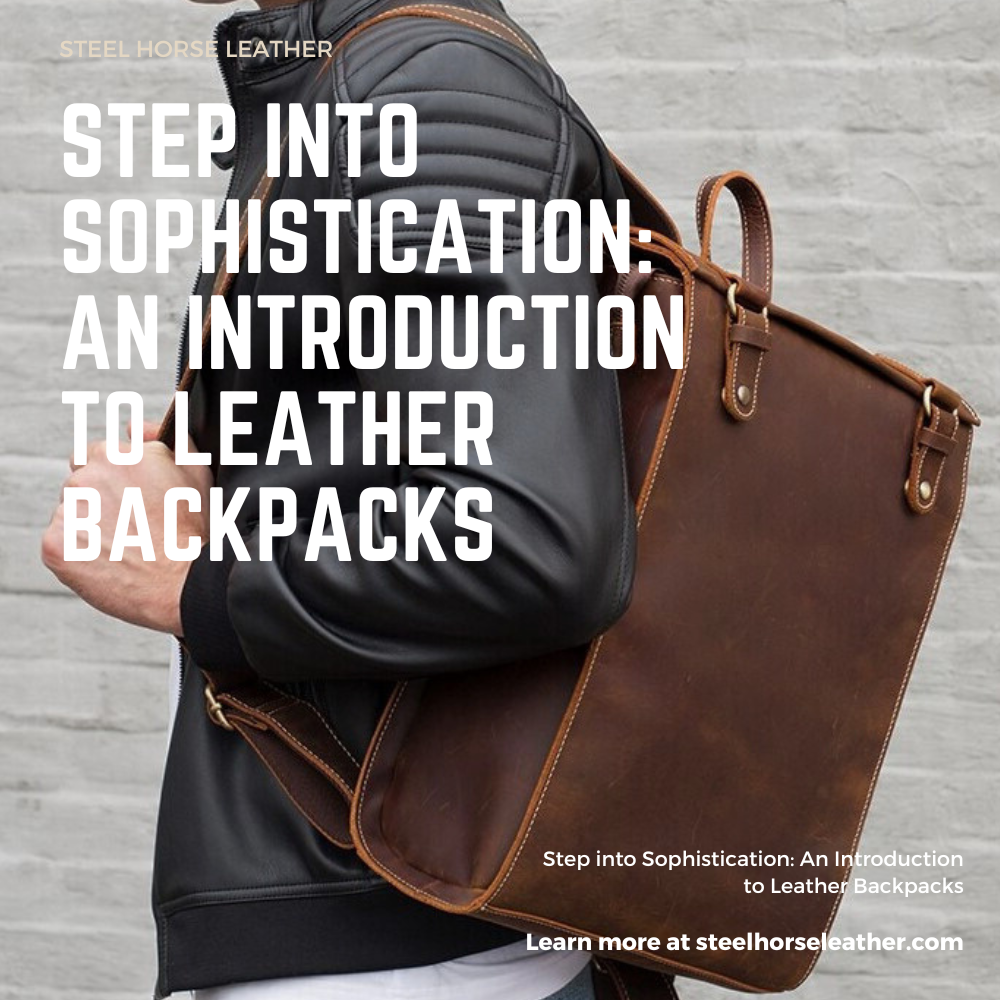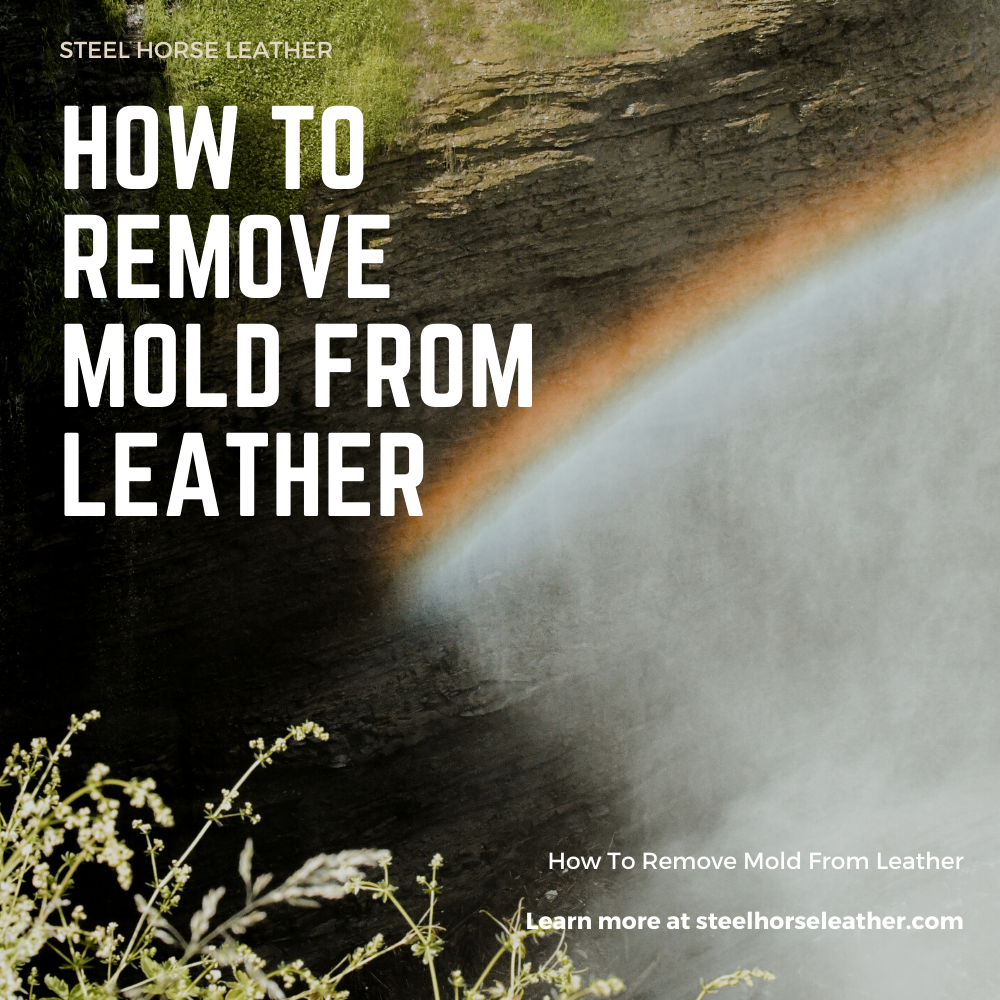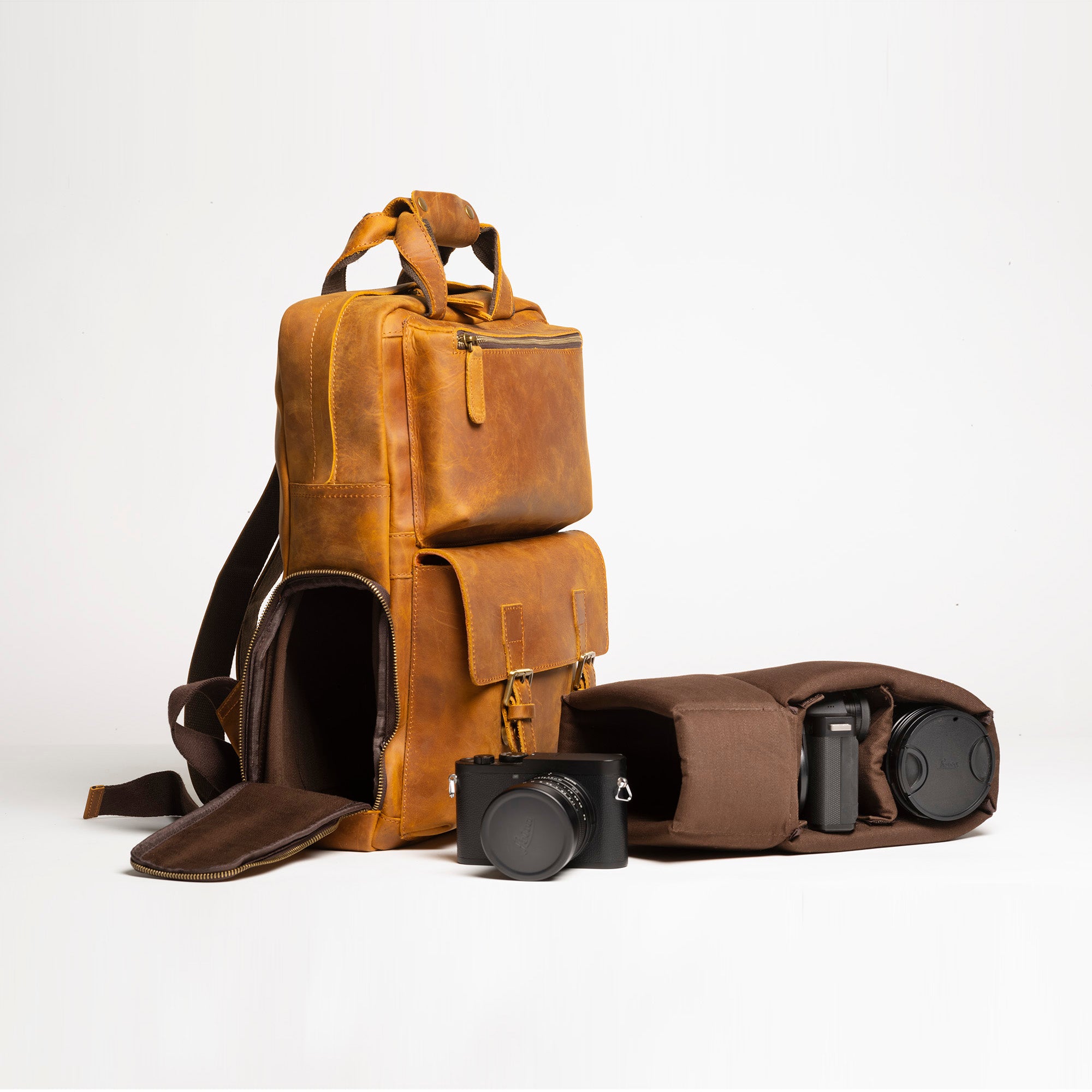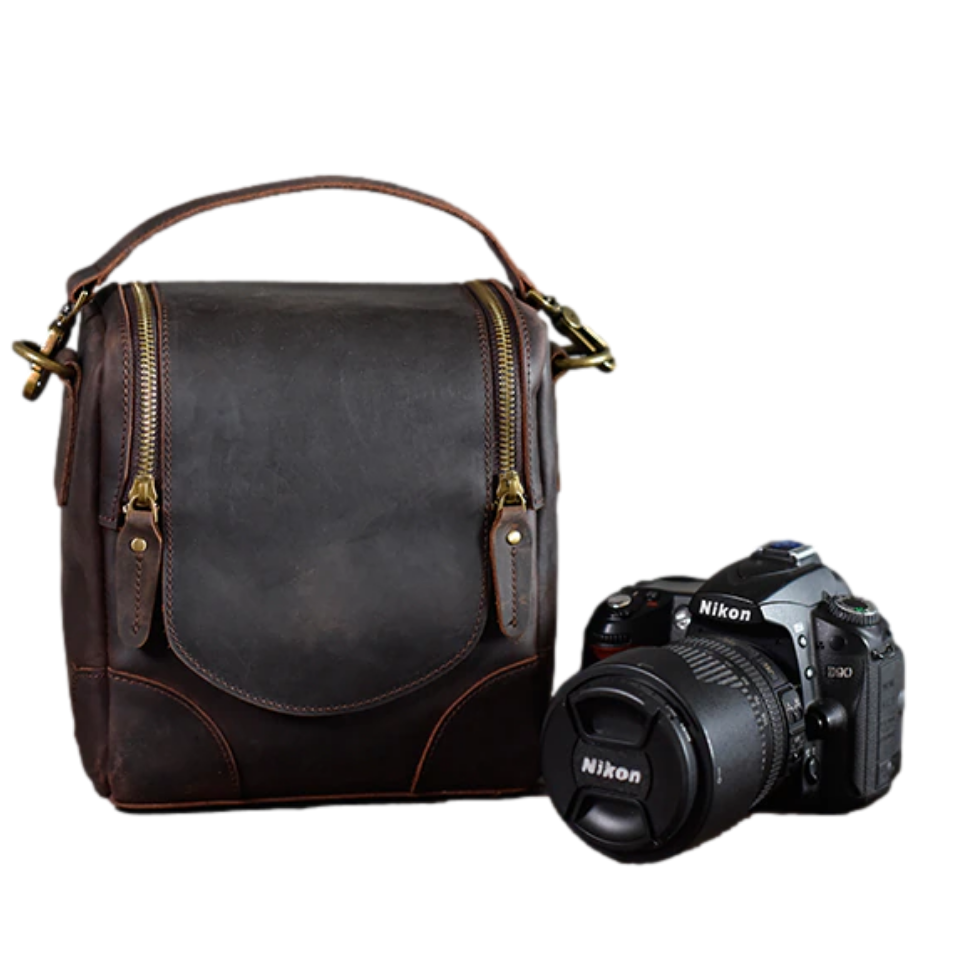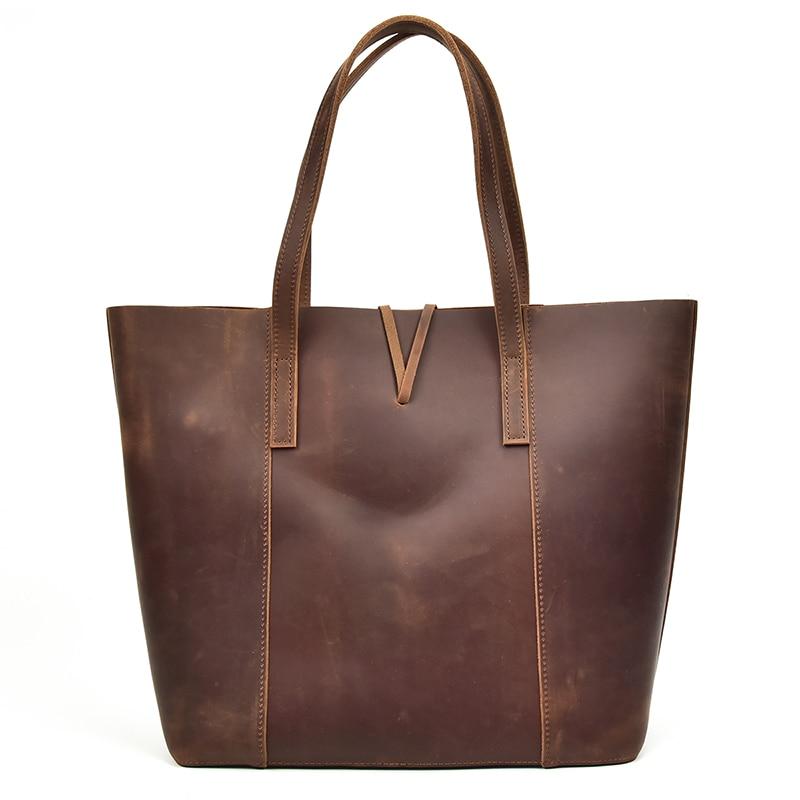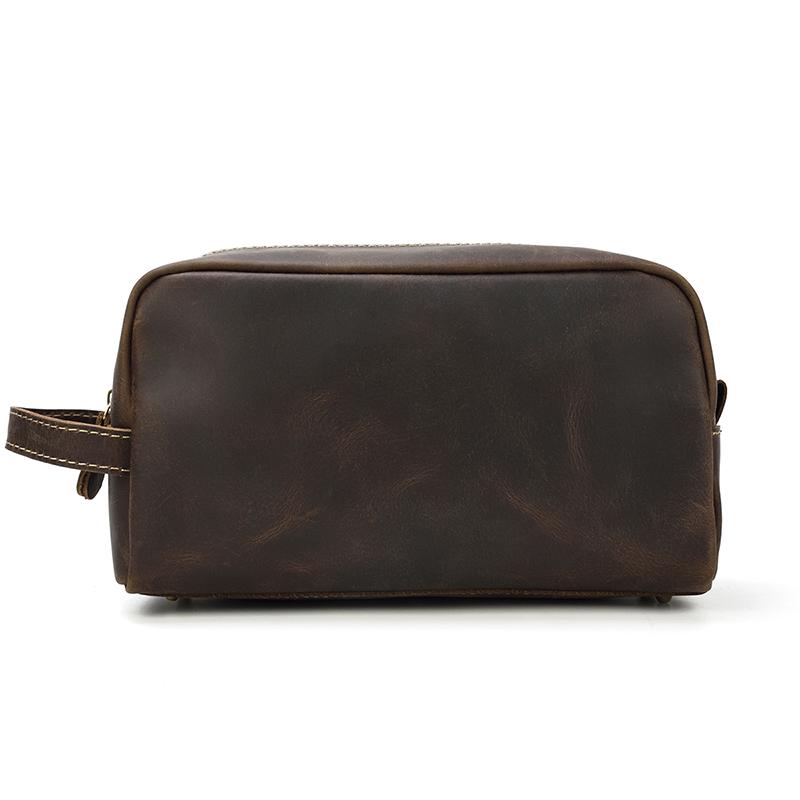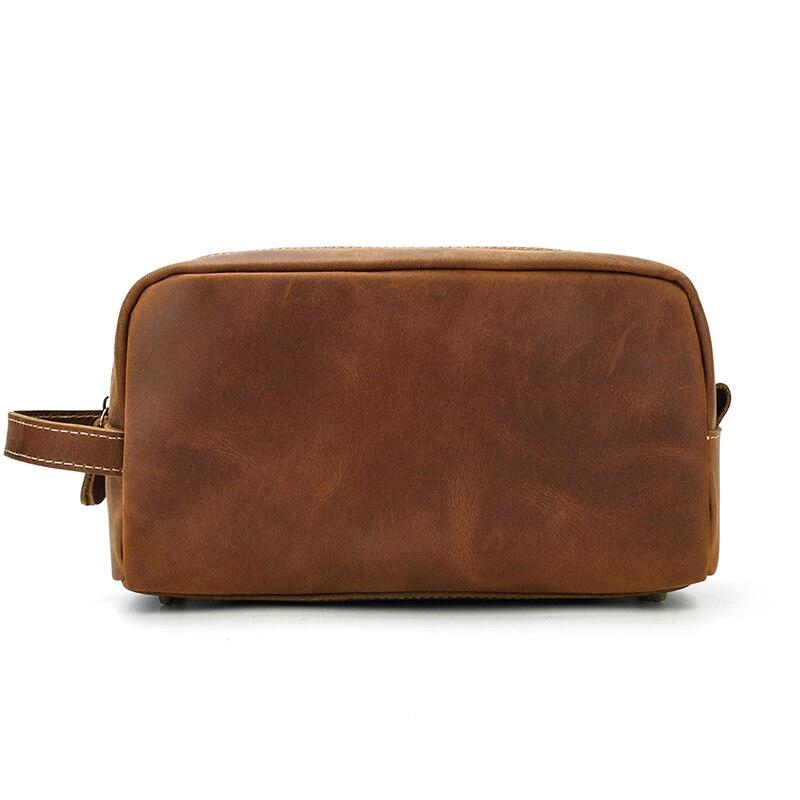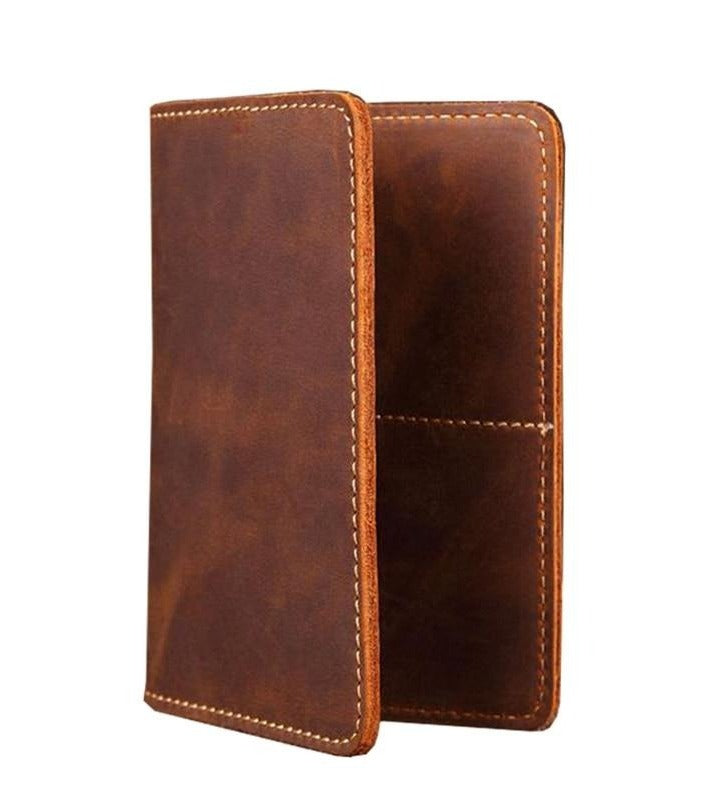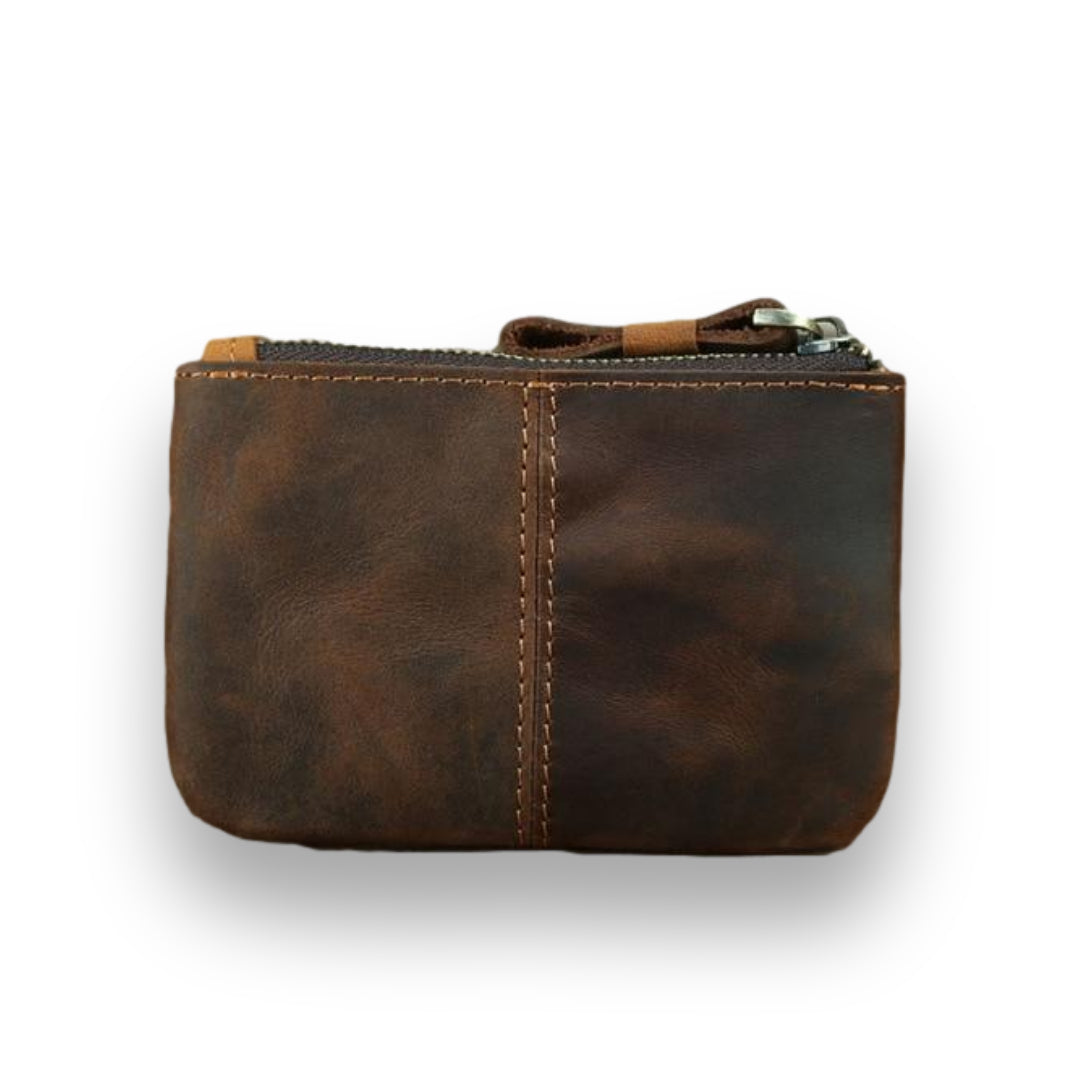Repairing And Restoring Leather Backpacks
Picture this: you're on an epic adventure, hiking through rugged terrain, with your trusty leather backpack by your side. It's been with you through thick and thin, but now it's showing signs of wear and tear.
Don't fret! In this article, we'll show you how to repair and restore your beloved leather backpack, so it can continue to accompany you on countless journeys.
With our expert tips and techniques, you'll have your backpack looking brand new in no time. So let's dive in and set your backpack free from the shackles of damage!
Definition of Leather
When it comes to repairing and restoring leather backpacks, it's important to understand the different types of leather. You'll encounter various types such as full-grain, top-grain, and genuine leather. Each type has its own unique characteristics and requires specific repair and restoration techniques.
Types of Leather
To understand the different types of leather, you should familiarize yourself with the varying textures and finishes. There are several types of leather commonly used in backpacks, each with its own characteristics.
Full-grain leather is the highest quality and most durable, as it is made from the top layer of the hide. Top-grain leather is slightly lower in quality but still retains its natural look and feel. Genuine leather is made from the lower layers of the hide and is more affordable, but it is also less durable.
When choosing the best leather for a backpack, consider the intended use and desired aesthetic. Leather requires regular care to maintain its beauty and longevity. It is important to clean and condition the leather regularly, as well as protect it from moisture and sunlight. Leather also has advantages over synthetic materials, as it is more breathable and ages beautifully. Moving on to cleaning and preparing the leather backpack...
Cleaning and Preparing the Leather Backpack
When preparing to clean and restore your leather backpack, it is important to start by inspecting the surface for any signs of damage. Look for scratches, cracks, or discoloration that may require special attention. Gently clean the surface using a soft cloth or brush and a mild leather cleaner, being careful not to rub too hard or use any harsh chemicals. If you come across any grease stains, use a leather degreaser to remove them, following the product instructions carefully. Finally, make sure to dry the backpack completely before moving on to the next step to avoid any potential damage or mold growth.
Inspecting for Damage
Check for any signs of damage on your leather backpack before proceeding with any repairs or restoration. Start by inspecting the surface for scratches, scuffs, or discoloration. Use a bright light to identify any hidden cracks or tears. Pay close attention to the seams and stitching, as these areas are prone to wear and tear. Look for any loose threads or fraying that may indicate a need for repair. It's also important to check the hardware, such as zippers, buckles, and clasps, to ensure they are functioning properly.
To prevent further damage, avoid overloading your backpack and be mindful of how you handle it. Regularly applying a leather conditioner can help keep the leather supple and prevent cracking. If you're unsure about the extent of the damage or how to fix it, it's best to consult a professional for a thorough inspection. Now that you've inspected your leather backpack for any damage, it's time to move on to gently clean the surface.
Gently Cleaning the Surface
Start by gently wiping the surface of your leather backpack with a soft, damp cloth. This will help remove any loose dirt and dust. Be sure to use a gentle scrubbing motion, as too much pressure can cause damage to the leather. After wiping, allow the backpack to air dry completely before moving on to the next step.
Once the backpack is dry, it's time to apply a leather conditioner. This will help to restore moisture and preserve the shine of the leather. Apply a small amount of conditioner onto a clean, soft cloth and gently massage it into the surface of the backpack. Make sure to cover all areas evenly.
Regularly cleaning and conditioning your leather backpack will help prevent cracking and keep it looking its best. It's important to take care of your backpack to ensure its longevity and durability. Now, let's move on to removing grease stains from your leather backpack.
Removing Grease Stains
To remove grease stains from your leather backpack, you'll need a specialized leather cleaner. Grease stains can be stubborn, so it's important to act quickly. Start by blotting the stain gently with a clean cloth to remove any excess grease. Then, apply a small amount of the leather cleaner onto a soft cloth and gently rub it onto the stain in a circular motion. Make sure to cover the entire stain and work the cleaner into the leather.
Allow the cleaner to sit on the stain for a few minutes to break down the grease. Afterward, wipe away the cleaner with a clean cloth. To prevent future grease stains, consider using a leather protector spray or applying a thin layer of leather conditioner. Once you've removed the grease stains, it's crucial to dry the backpack completely to avoid any damage.
Drying the Backpack Completely
Once you've successfully removed the grease stains, make sure to thoroughly dry the backpack to prevent any potential damage. Proper drying techniques are essential to ensure that the leather remains in good condition and to prevent moisture from causing further harm. One effective method is air drying. Find a well-ventilated area, preferably outdoors, and hang the backpack in a spot where it can receive ample airflow. This will allow the leather to gradually dry without the risk of shrinking or warping. If you need to speed up the process, you can also use a fan on a low setting to circulate the air around the backpack. Remember to periodically check for any remaining moisture and ensure that the backpack is completely dry before moving on to repairing tears and signs of wear.
Repairing Tears and Signs of Wear
When repairing tears and signs of wear on your leather backpack, it's important to have a fine-gauge needle and thread on hand for small tears. For larger tears, patching with additional leather pieces can provide a more durable solution. Holes, rips, and punctures can be repaired using adhesives or glue, while torn straps can be replaced with heavy-duty straps or handles. Once all repairs are complete, seal them with a leather sealer or protector to ensure they hold up well over time.
Fine-Gauge Needle and Thread for Small Tears
Using a fine-gauge needle and thread is essential for repairing small tears in leather backpacks. When it comes to leather backpack maintenance, fixing minor damage promptly is key to ensuring the longevity of your beloved accessory. The fine gauge needle and thread allow for precise stitching, ensuring a seamless repair that is almost invisible to the naked eye. This method is perfect for small tears that may have occurred from everyday wear and tear. By delicately sewing the torn edges together, you can restore your leather backpack to its former glory. However, for larger tears, patching them with additional leather pieces may be necessary. This technique provides a more robust and long-lasting solution. With the right tools and a little know-how, you can easily restore and repair your leather backpack, preserving its beauty for years to come.
Patching Larger Tears with Additional Leather Pieces
To patch larger tears in your leather backpack, you'll need to use additional pieces of leather. Start by reinforcing the torn areas from the inside of the backpack with the additional leather, ensuring that it covers the entire tear. This will provide extra strength and durability. Next, select a piece of leather that matches the color and texture of your backpack. Cut it into a shape that will blend in seamlessly with the surrounding area. Apply leather conditioner to both the patch and the torn area to soften the leather and ensure a better bond. Use a strong needle and thread to stitch the patch onto the tear, using a technique that will securely hold the patch in place. Once the stitching is complete, you can move on to repairing holes, rips, and punctures with adhesives or glue, ensuring your backpack is restored to its former glory.
Repairing Holes, Rips, and Punctures with Adhesives or Glue
You can easily fix holes, rips, and punctures in your leather backpack by applying adhesives or glue. Start by assessing the size and location of the damage. For smaller holes and rips, a strong adhesive like leather glue will do the job. Apply a thin layer of glue to both sides of the damaged area and press them together firmly. For larger tears, you may need to reinforce the area with an additional piece of leather. Choose a flexible adhesive that is specifically designed for repairing leather. This will ensure a durable and long-lasting repair. It's important to follow the manufacturer's instructions for drying and curing times. By repairing holes, rips, and punctures promptly, you can prevent further damage and strengthen weak areas of your leather backpack. Now, let's move on to replacing torn straps with heavy-duty straps or handles.
Replacing Torn Straps with Heavy-Duty Straps or Handles
If your backpack's straps are torn, consider replacing them with heavy-duty straps or handles. Reinforcing stitching on torn straps may provide a temporary fix, but for a more durable solution, replacing them is the way to go. Look for alternative materials that are strong and can withstand heavy loads, such as nylon or polyester webbing. DIY strap repair might be an option if you have the necessary tools and skills, but for a professional and long-lasting result, it's best to consult a leather repair specialist who can provide expert strap replacement. To maintain your new straps, regularly inspect them for wear and tear, and clean them with a damp cloth if necessary. With your new straps in place, you're ready to move on to sealing any repairs with a leather sealer or protector, ensuring your backpack stays in top-notch condition.
Sealing Any Repairs with a Leather Sealer or Protector
After replacing torn straps with heavy-duty alternatives, it's important to seal any repairs with a leather sealer or protector. Applying a leather sealer offers numerous benefits for protecting your leather backpack. It creates a barrier against moisture, preventing water damage and staining. Additionally, a quality leather sealer enhances the durability of the leather, making it more resistant to wear and tear. When choosing the best leather sealer, look for products that are specifically designed for backpacks and offer long-lasting protection. To apply the leather protector, start by cleaning the backpack with a leather cleaner to remove any dirt or grime. Then, using a soft cloth, apply the sealer evenly, making sure to cover all repaired areas. Allow the sealer to dry completely before using the backpack. By sealing your repairs, you are ensuring the longevity and beauty of your leather backpack. Now, let's move on to discussing easy-to-maintain leather backpacks for men and women.
Easy-to-Maintain Leather Backpacks for Men and Women
Looking for an easy-to-maintain leather backpack? Let me introduce you to some stylish options. First up is the Freja Backpack, a handcrafted leather backpack that combines functionality with a sleek design. Next, we have the Gyda Backpack, a vintage leather travel backpack that exudes a timeless charm. Lastly, the Icarus and Gosta Backpacks, both handmade vintage leather backpacks, offer a rugged yet sophisticated look. And if you're after a backpack with a sharp edge, check out the Tove Backpack, made with genuine leather.
The Freja Backpack | Handcrafted Leather Backpack
To repair and restore your leather backpack, you can easily find a guide that specifically addresses the issues you are facing. Whether you need tips on restoring color, a professional dye job, or fixing sharp edges, there is a wealth of information available to help you.
Vintage leather backpacks like the Freja Backpack are known for their durability and timeless appeal. With proper care and maintenance, they can last for years. The high-quality crazy horse leather used in the Freja Backpack is easy to maintain and becomes more unique with use. If you want to give your backpack a fresh look, you can consider a professional dye job or simply embrace the natural aging process.
As we move on to the next section about the Gyda backpack, you'll discover another vintage leather travel backpack worth exploring.
The Gyda Backpack | Vintage Leather Travel Backpack
If you're in need of a durable and stylish travel backpack, the Gyda Backpack is a great option for you. Made from high-quality vintage leather, this backpack offers a unique and retro look that is perfect for those who appreciate timeless style.
Not only does it provide ample space for your notes, books, and lightweight gadgets, but it can also accommodate a wide variety of laptop models with its 13' size laptop compartment. The Gyda Backpack is not only fashionable but also designed for durability. Its crazy horse leather construction ensures that it will withstand the test of time, and the wax treatment protects it from water and stains.
However, if your backpack does experience any wear and tear, don't worry. Leather backpacks can be easily repaired and restored, allowing you to keep enjoying their vintage charm for years to come.
Transitioning into the subsequent section about 'the Icarus | handmade vintage leather backpack,' you'll find yet another stunning option for those who appreciate the beauty and craftsmanship of vintage leather bags.
The Icarus | Handmade Vintage Leather Backpack
Handmade Vintage Leather Backpack is another stunning option for those who appreciate the beauty and craftsmanship of vintage leather bags. Made of high-quality crazy horse leather, this backpack exudes an authentic vintage look that is sure to turn heads. The interior pockets provide ample storage space for your essentials, while the ergonomically designed straps ensure comfortable carrying options. The leather-lined grab handle adds a touch of elegance and convenience.
When it comes to caring for and maintaining your leather backpack, it's important to follow a few simple steps. Regularly clean the surface with a soft cloth and use a leather conditioner to keep the material moisturized. In case of any scratches or scuffs, you can easily repair them using a leather repair kit. However, if your backpack requires more extensive restoration, it's best to consult a professional. Now, let's move on to the next section about 'the gosta backpack | handmade vintage leather'...
The Gosta Backpack | Handmade Vintage Leather
Carry your essentials in style with the Gosta Backpack, a handmade vintage leather bag that showcases the timeless charm of aged leather. This backpack is not only a fashionable accessory but also a durable and reliable companion for your everyday adventures. To ensure its longevity, it is important to properly maintain and care for your vintage leather backpack. Start by regularly cleaning the leather with a soft cloth and mild leather cleaner. For restoring leather straps, use a leather conditioner to keep them supple and prevent cracking. Pay special attention to the hardware, such as buckles and zippers, and repair any damages promptly to preserve the functionality of your backpack. By following these steps, you can ensure that your Gosta Backpack remains in excellent condition for years to come. Now, let's explore the exceptional features of the Tove Backpack, a genuine leather sharp-edged backpack.
The Tove Backpack | Genuine Leather Sharp Edged Backpack
Crafted from genuine crazy horse leather, the Tove Backpack showcases a sharp-edged design that exudes both elegance and practicality. The high-quality crazy horse leather ensures durability, making it the perfect companion for school, work, or weekend trips. The spacious main compartment, along with interior and laptop pockets, offers ample space for organization. The adjustable straps provide comfortable weight distribution, allowing you to carry your belongings effortlessly. The leather-lined grab handle and ergonomically designed adjustable straps offer two carrying options for your convenience. To maintain the leather's timeless appeal, regular maintenance is necessary. Simply wipe away dirt or stains with a damp cloth and apply a leather conditioner to keep it looking its best. With its genuine leather durability and sharp edges design, the Tove Backpack effortlessly combines fashion and functionality. Now, let's explore how to restore color to faded leather backpacks.
Restoring Color to Faded Leather Backpacks
If you want to restore color to your faded leather backpack, choosing a professional dye job will give you optimal results. A professional will have the expertise and knowledge to select the right dye and application method for your specific backpack, ensuring a long-lasting and vibrant color. They will also be able to address any issues or concerns that may arise during the dyeing process, giving you peace of mind that your backpack is in capable hands.
Choosing a Professional Dye Job for Optimal Results
When choosing a professional dye job for optimal results, you'll want to consider the expertise of the person handling your leather backpack. Professional dye options offer a wide range of colors to choose from, ensuring that you can find the perfect shade to match your backpack's original color or give it a whole new look. These professionals use advanced color-matching techniques to ensure a seamless and natural finish. They have extensive knowledge and experience in the leather dyeing process, allowing them to achieve consistent and long-lasting results. Unlike dyeing leather at home, professional dyeing services offer numerous benefits such as access to high-quality dyes, specialized equipment, and techniques that can prevent damage to your backpack. By entrusting your leather backpack to a professional, you can enjoy the freedom of knowing that your beloved bag is in capable hands.
Conclusion
So there you have it, the ultimate guide to repairing and restoring leather backpacks. Now you possess the knowledge and expertise to bring your beloved backpack back to life.
With a little cleaning, repairing tears, and some TLC, your leather backpack will be as good as new. Don't let signs of wear discourage you, for with the right tools and techniques, you can easily restore its original charm.
Remember, a well-maintained leather backpack is not only a stylish accessory but also a reflection of your attention to detail and love for quality craftsmanship.
So go ahead, give your backpack the care it deserves, and let it accompany you on many more adventures to come. Happy repairing!
FAQs
What are some common types of leather used in backpacks?
Different finishes of leather used in backpacks include full-grain, top-grain, and bonded leather.
Full-grain leather is the most durable and naturally ages well, while top-grain leather offers a balance between durability and affordability.
Bonded leather, however, is made from leftover leather scraps and has a lower quality.
To identify the type of leather in a backpack, look for natural markings and a soft, supple texture.
Leather backpacks have a timeless appeal and superior durability compared to synthetic materials.
To maintain their quality, regularly clean and condition the leather, avoid exposing it to extreme temperatures or moisture, and store it in a cool, dry place.
Can I use regular household products to clean my leather backpack?
You're in luck! Cleaning your leather backpack with regular household products is totally doable.
There are a few cleaning methods you can try. For a quick fix, use a damp cloth and mild soap to gently wipe away dirt and stains.
If you're looking for alternative cleaners, natural products like vinegar and lemon juice work wonders.
For a DIY leather cleaner, mix equal parts vinegar and water. Remember to always test any product on a small, inconspicuous area first.
Happy cleaning!
How do I fix a zipper that is stuck or not working properly?
If your zipper is stuck or not working properly, there are a few troubleshooting steps you can take.
Start by gently pulling on the fabric around the zipper to see if that helps loosen it.
If that doesn't work, try applying a small amount of lubricant, such as soap or lip balm, to the zipper teeth.
If all else fails, you may need to replace the zipper entirely.
There are DIY zipper repair kits available, or you can take it to a professional for zipper replacement options.
What should I do if my leather backpack has a strong odor?
If your leather backpack has a strong odor, there are ways to deal with it without compromising the quality of the bag.
First, check for any mold growth and clean it using a mixture of vinegar and water.
For stubborn stains, gently rub them with a leather cleaner or a mild soap solution.
To prevent odors, avoid exposing your backpack to damp environments and store it in a well-ventilated area.
You can also use natural remedies like baking soda or coffee grounds to eliminate unpleasant smells.
Are there any specific care instructions for leather backpacks with metal hardware?
To care for your leather backpack with metal hardware, follow these steps:
Start by polishing the metal hardware using a soft cloth and a metal polish. This will keep it looking shiny and prevent rust and corrosion.
For cleaning, choose a leather cleaner specifically formulated for backpacks. Gently rub the cleaner onto the leather, avoiding the metal hardware.
To remove scratches from the metal hardware, use a metal cleaner and a soft cloth.
Lastly, store your backpack in a cool, dry place to maintain its condition.



















